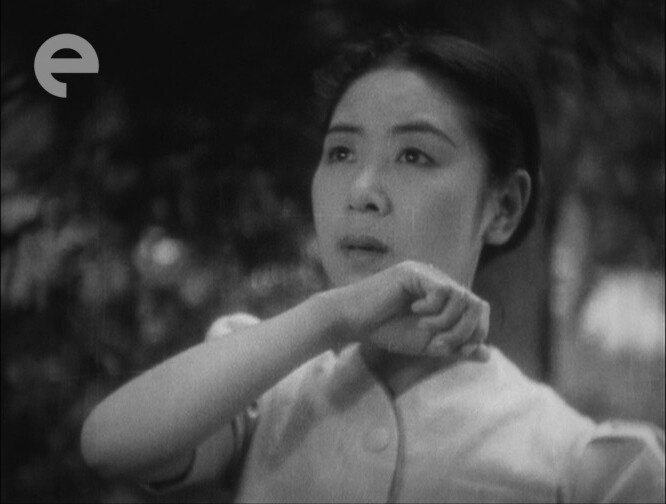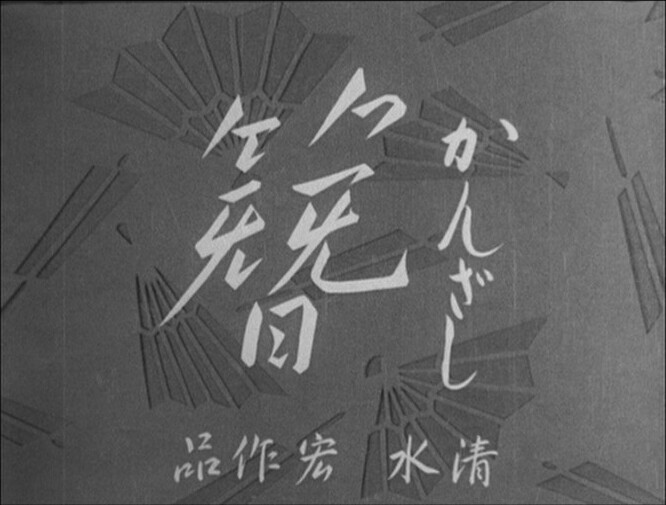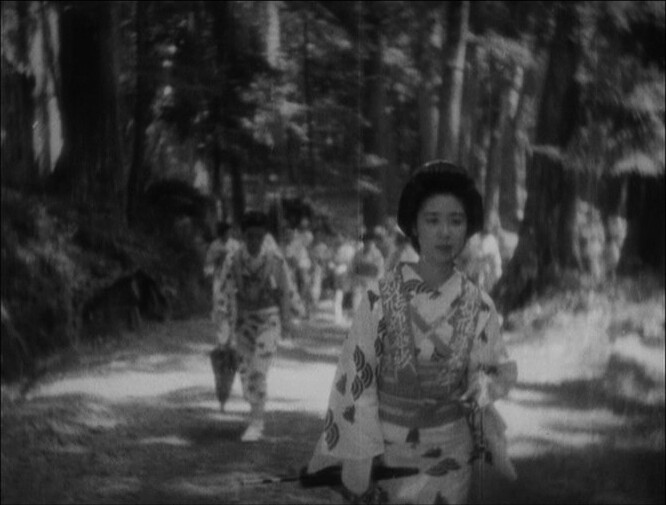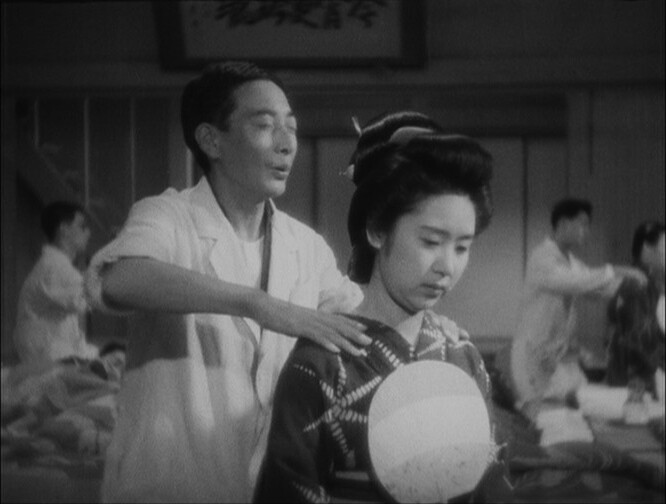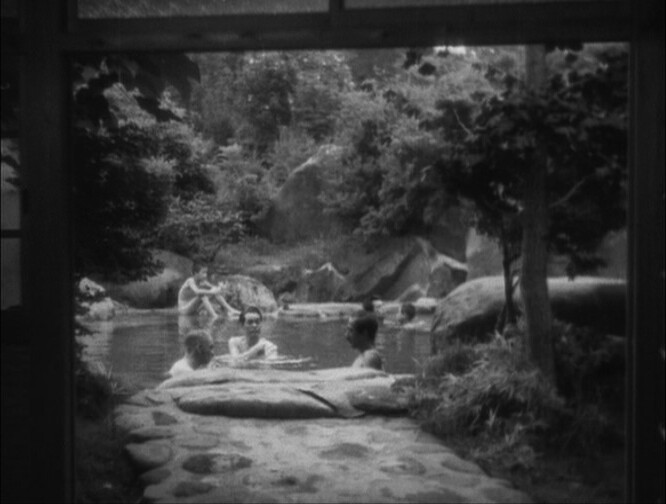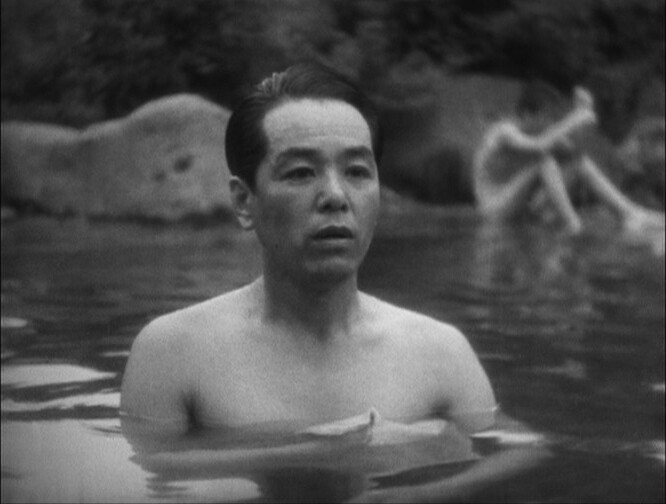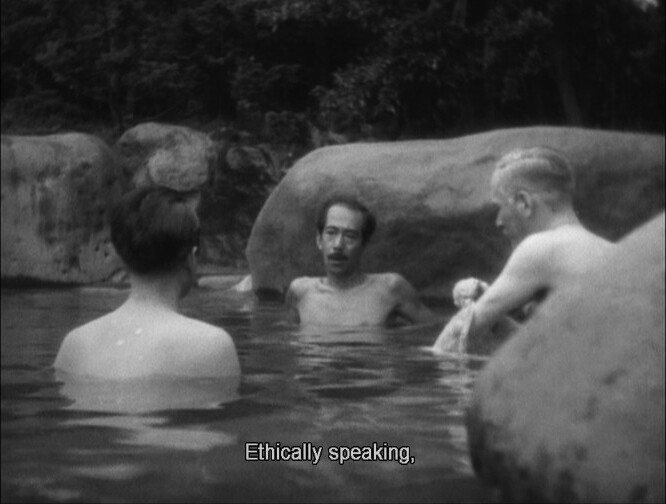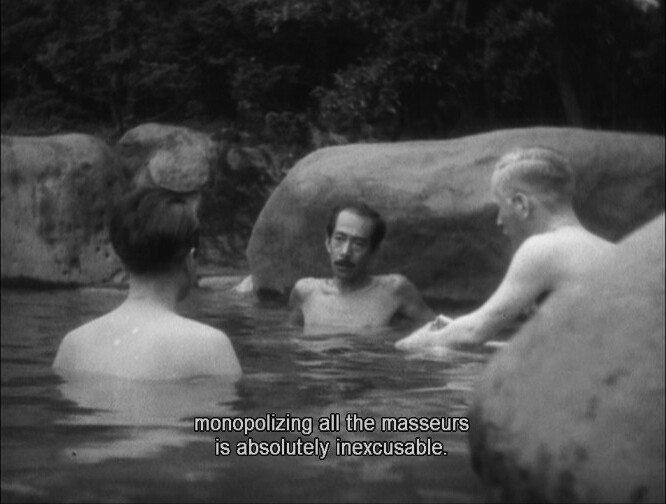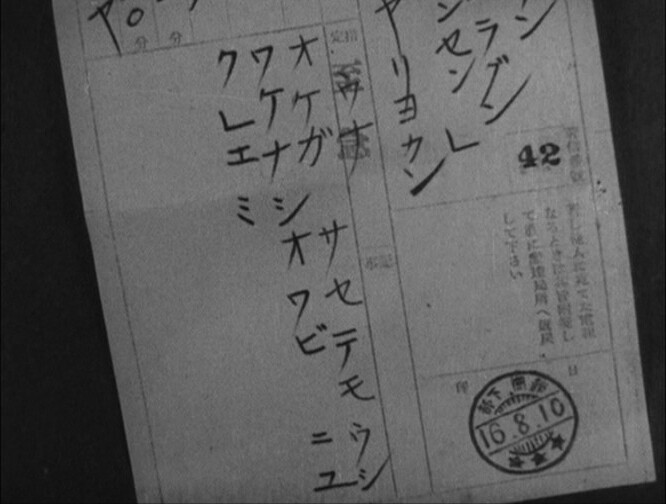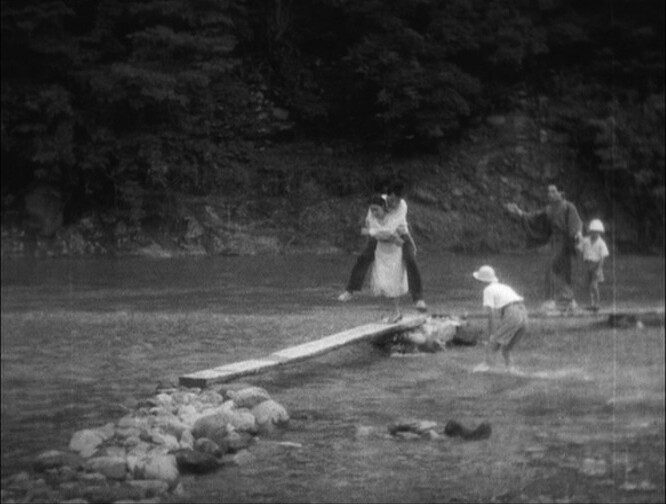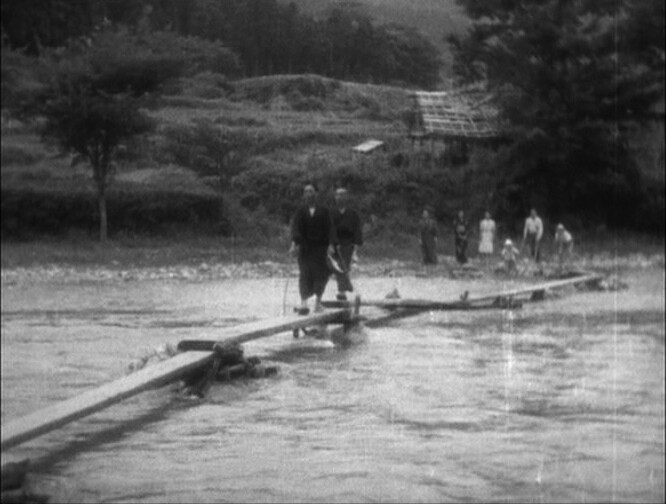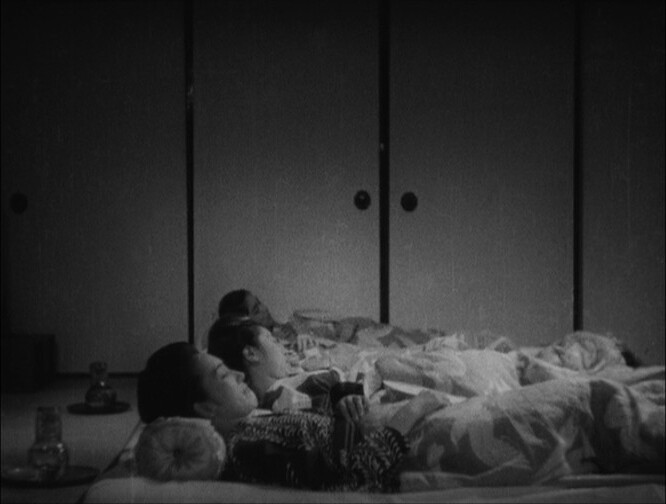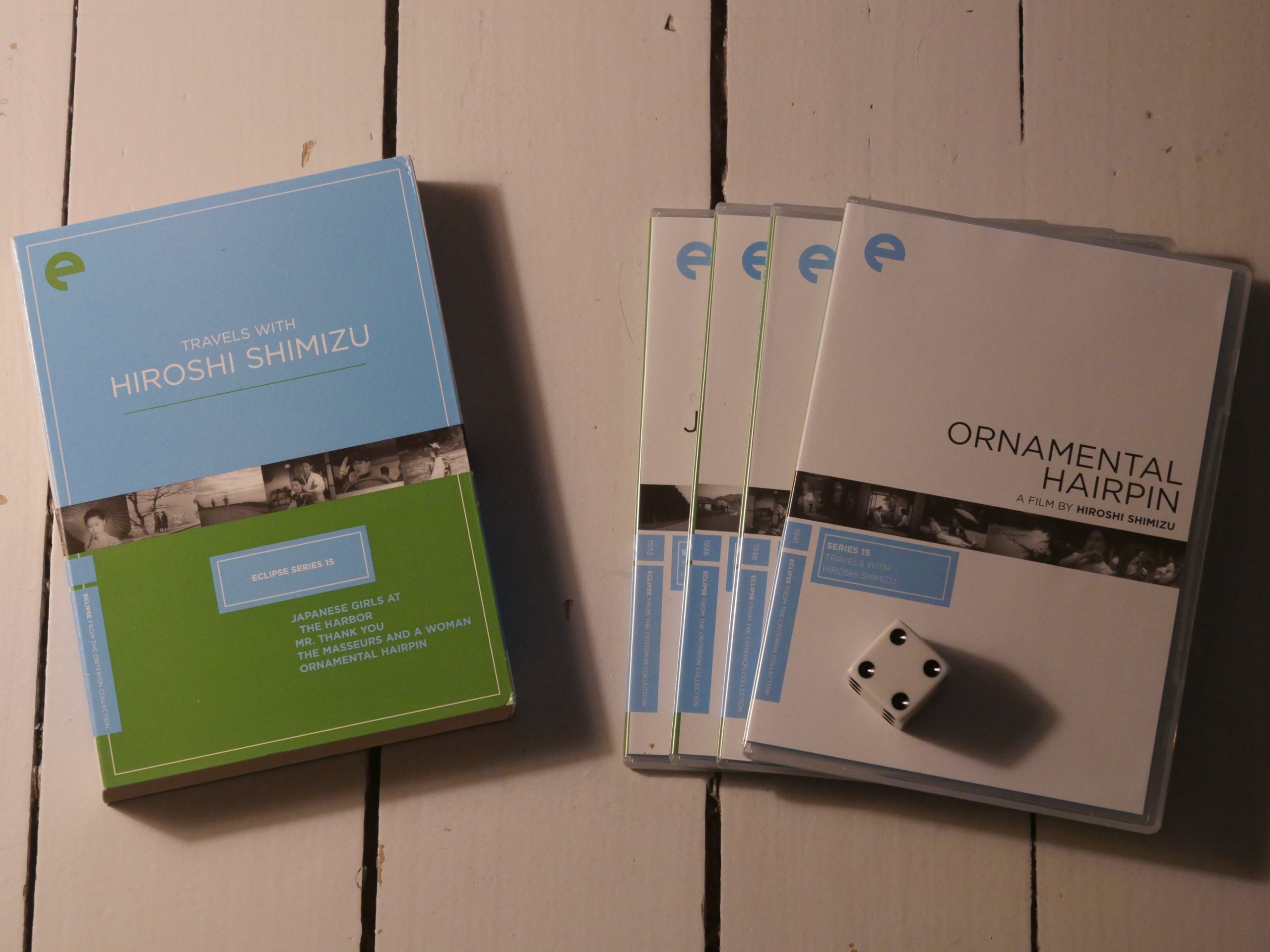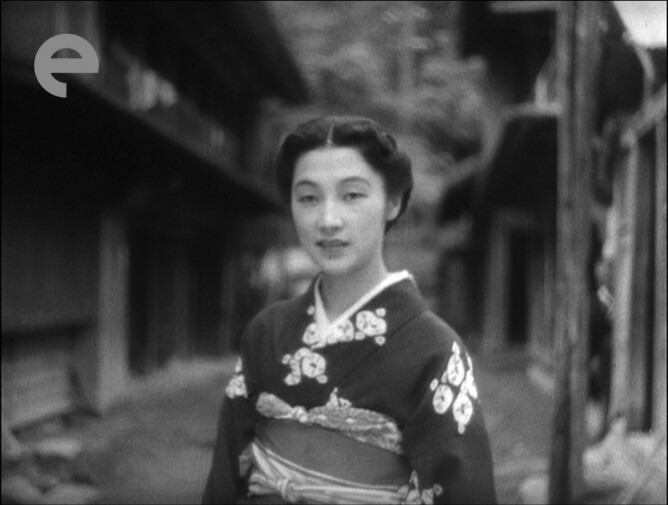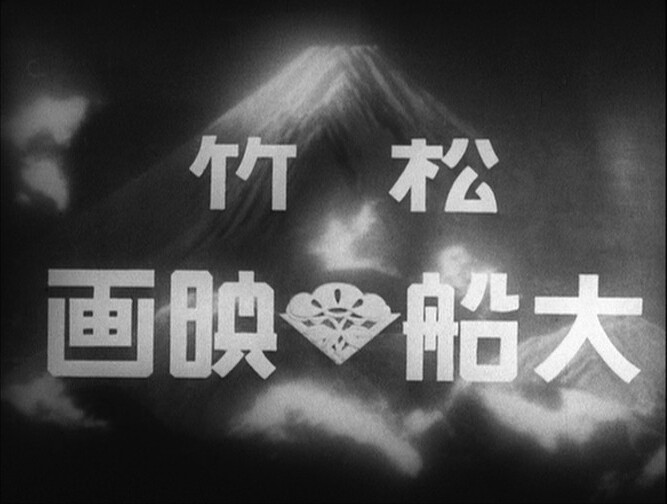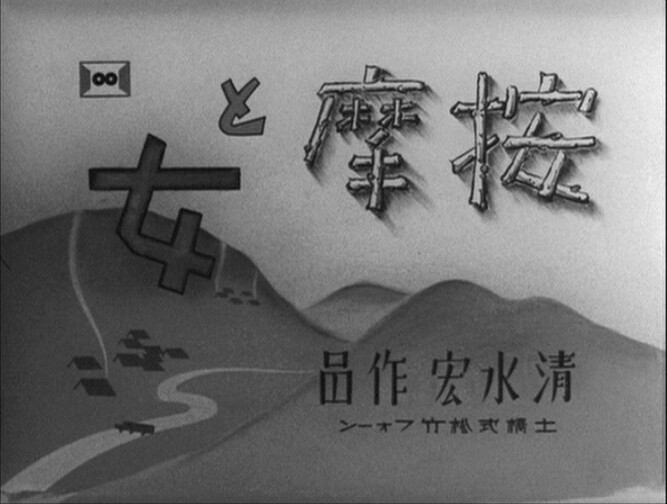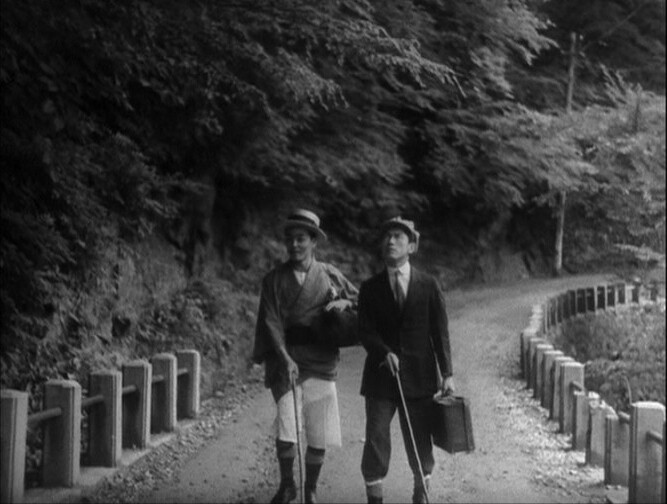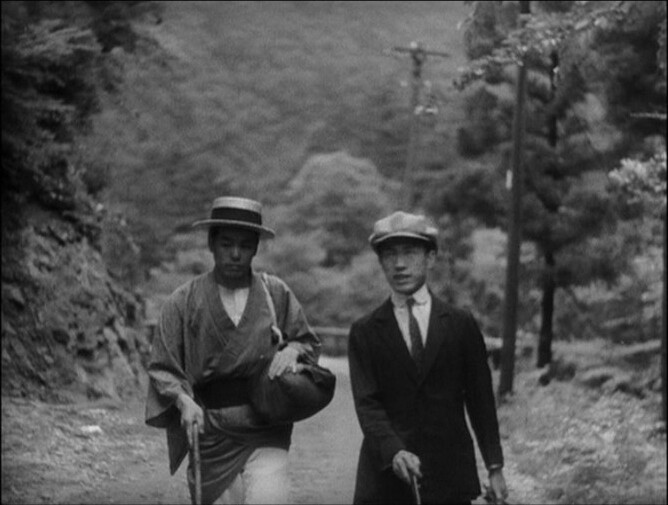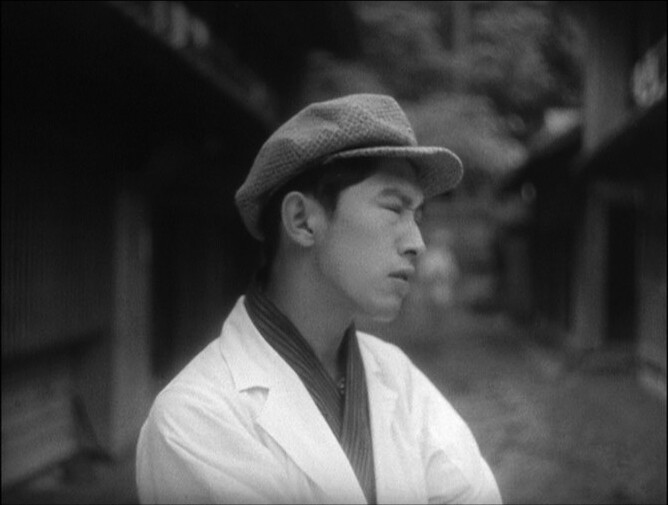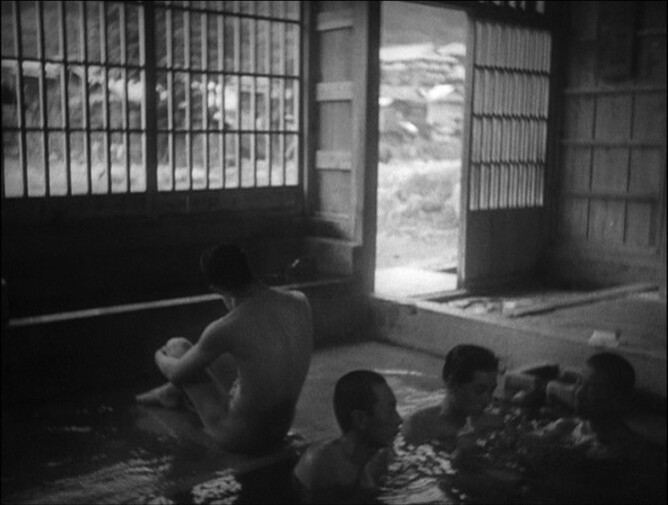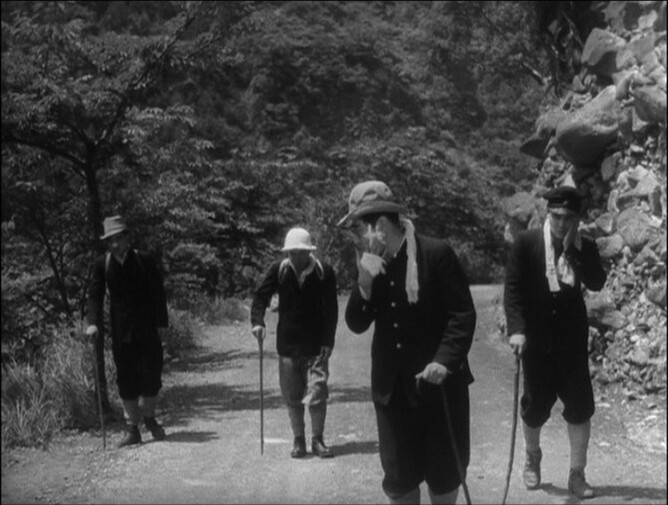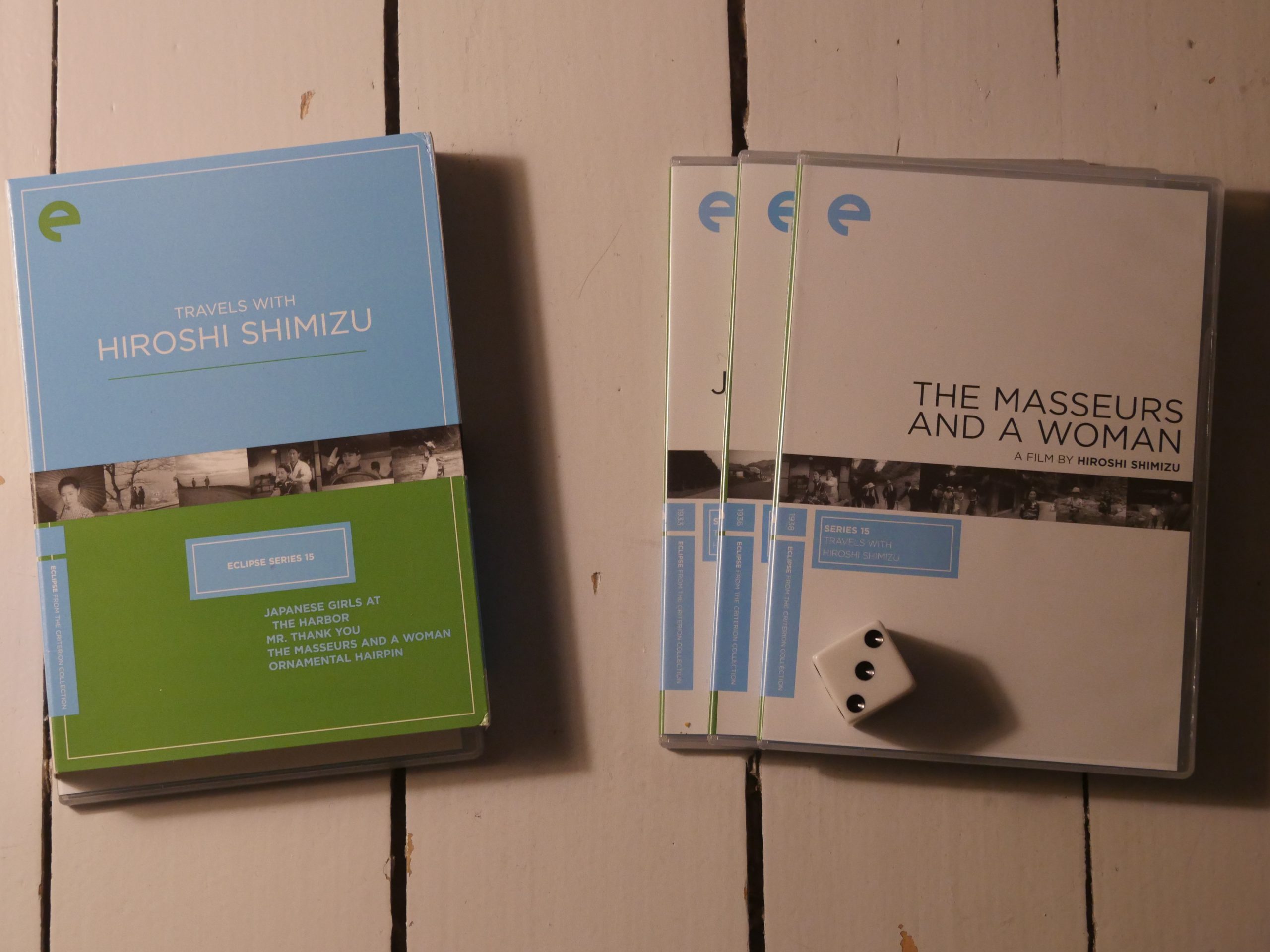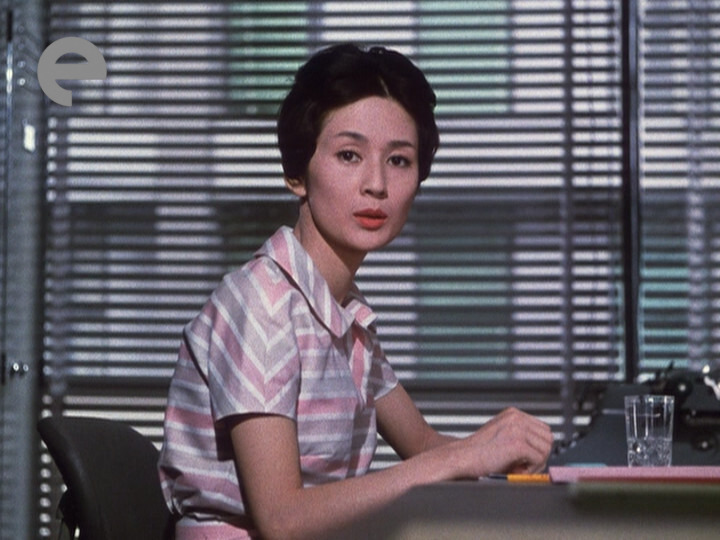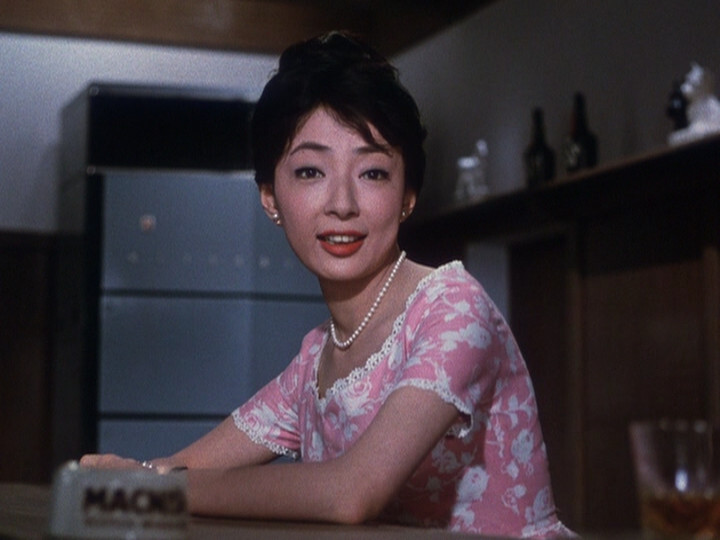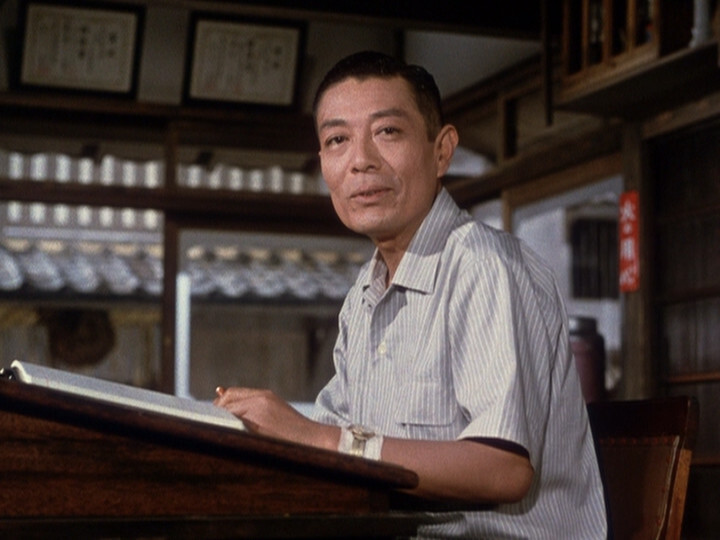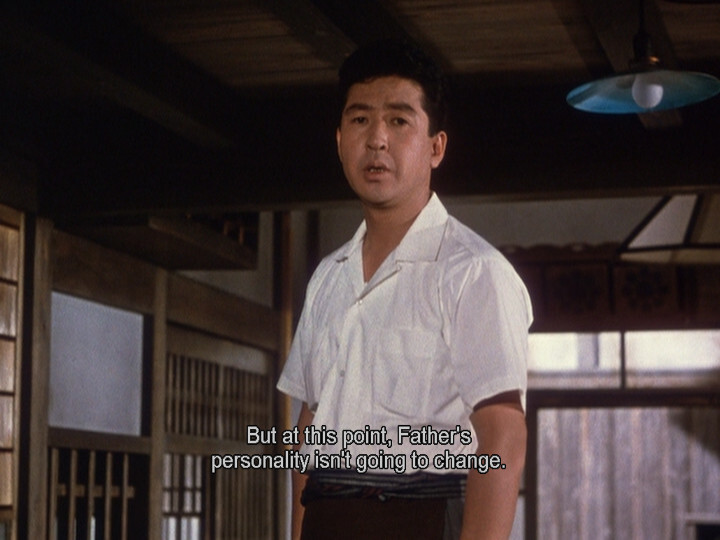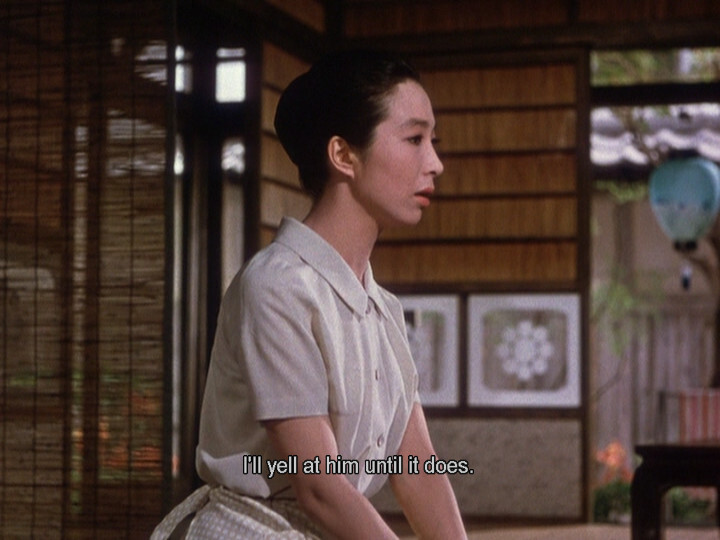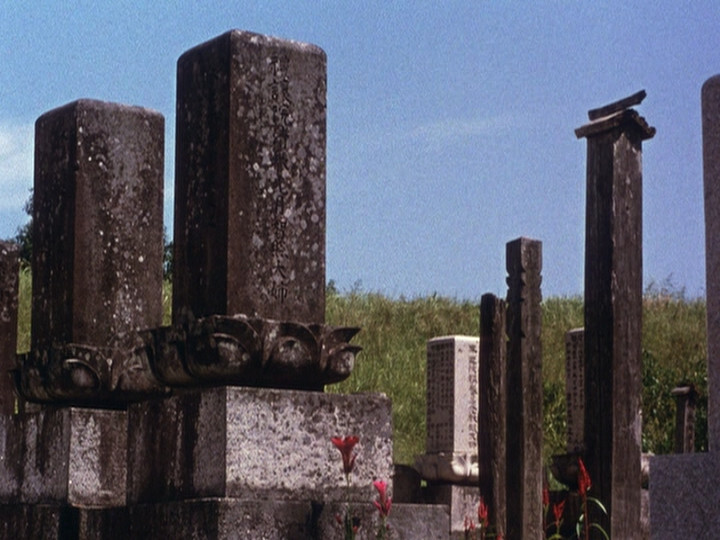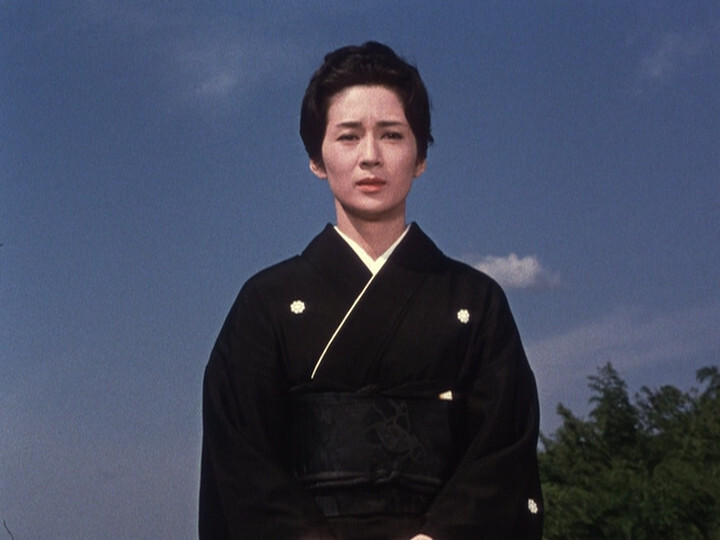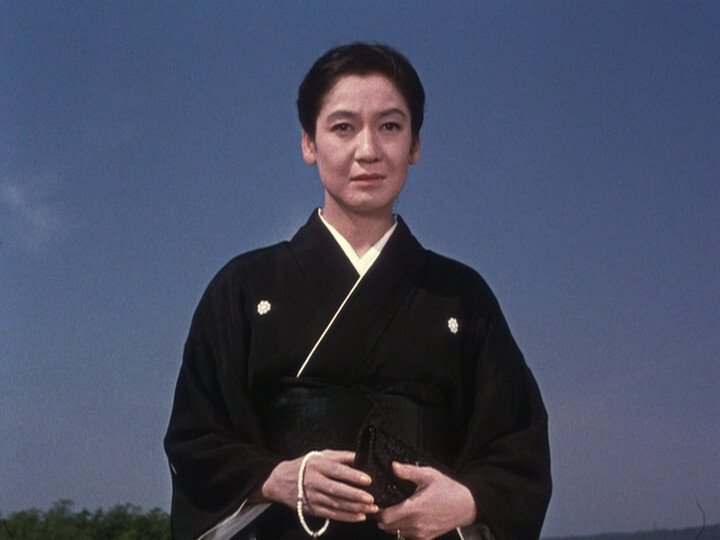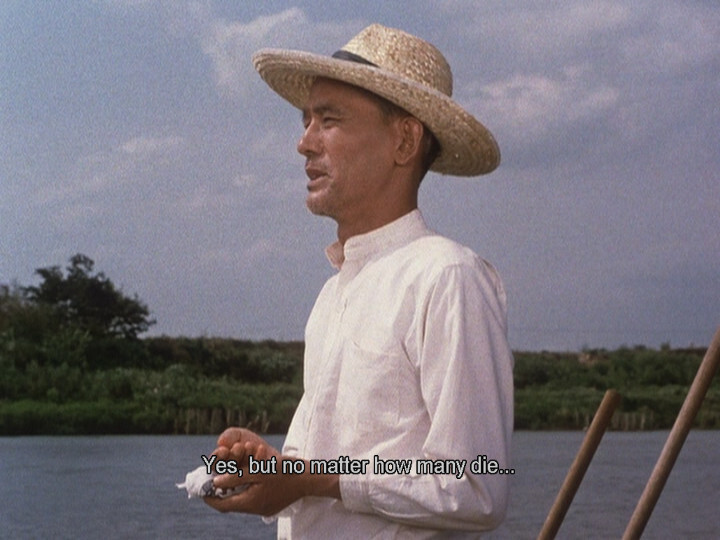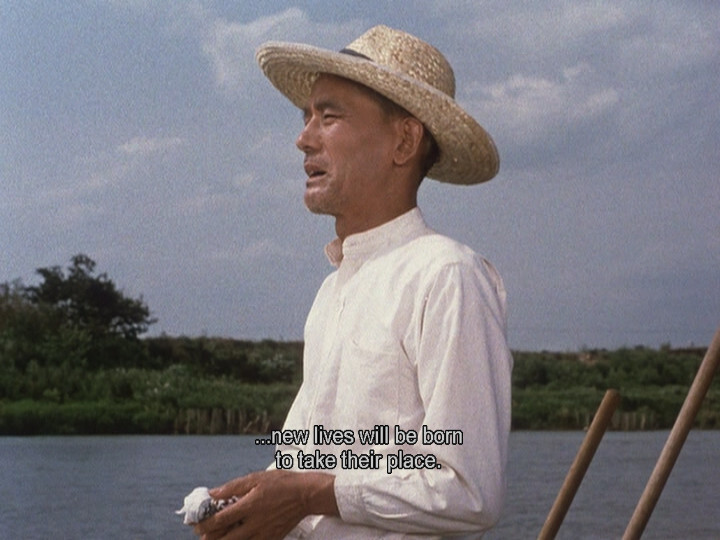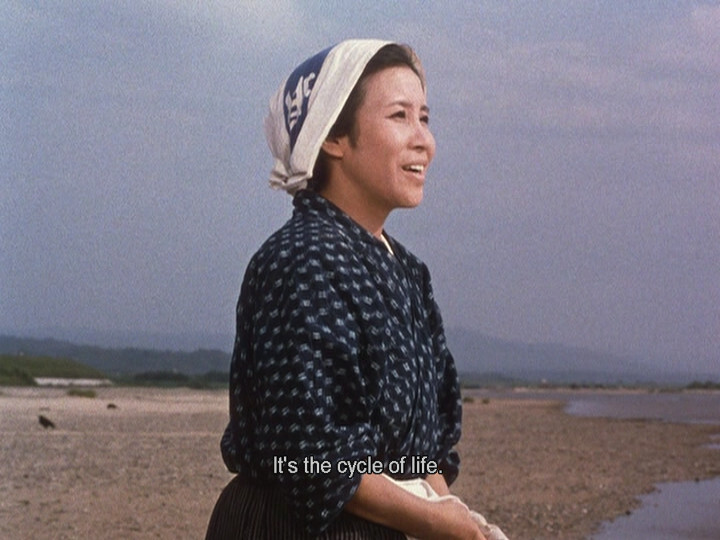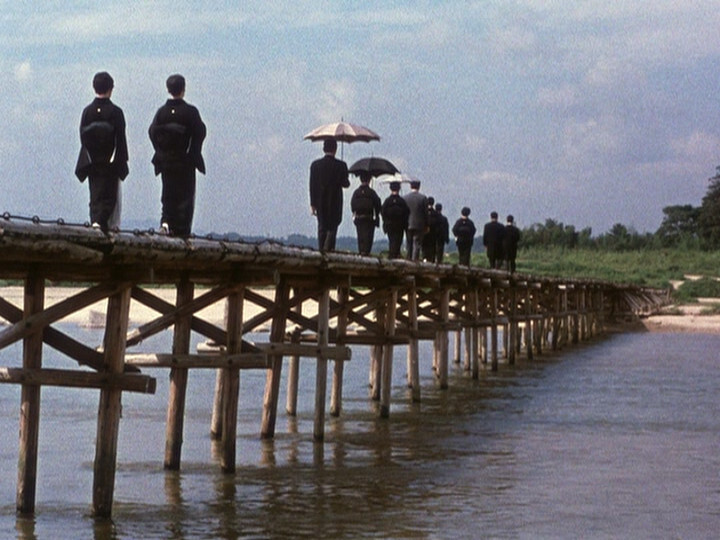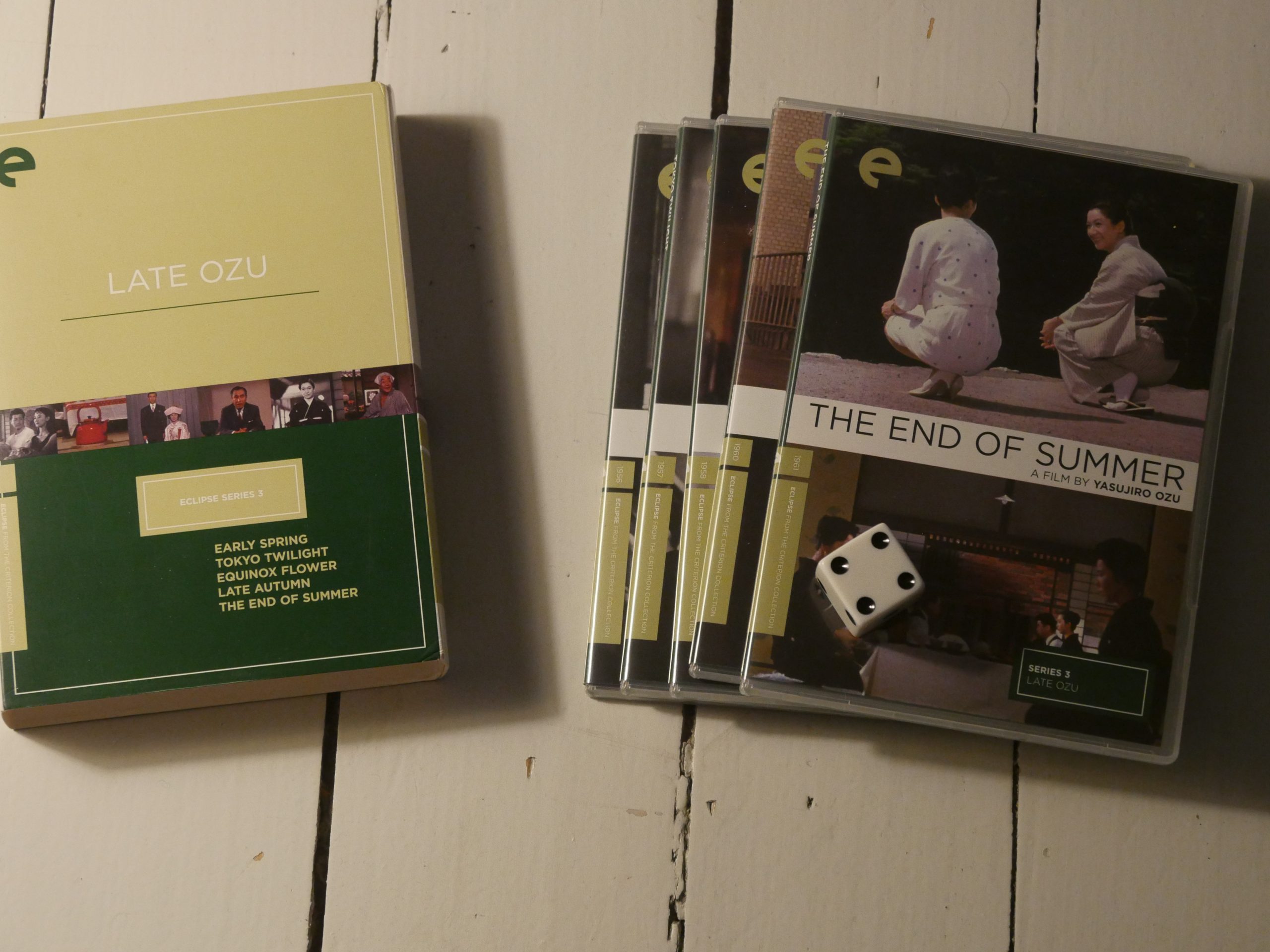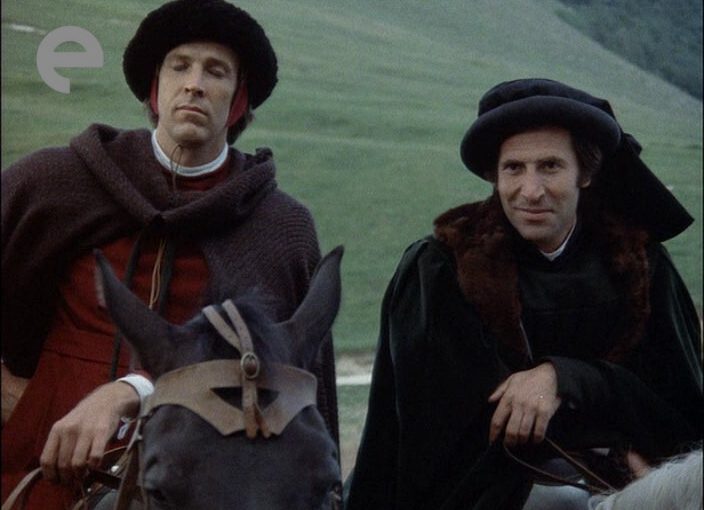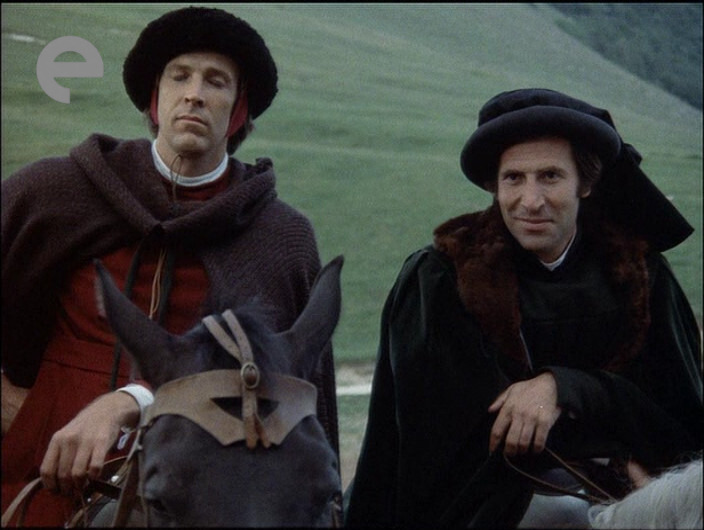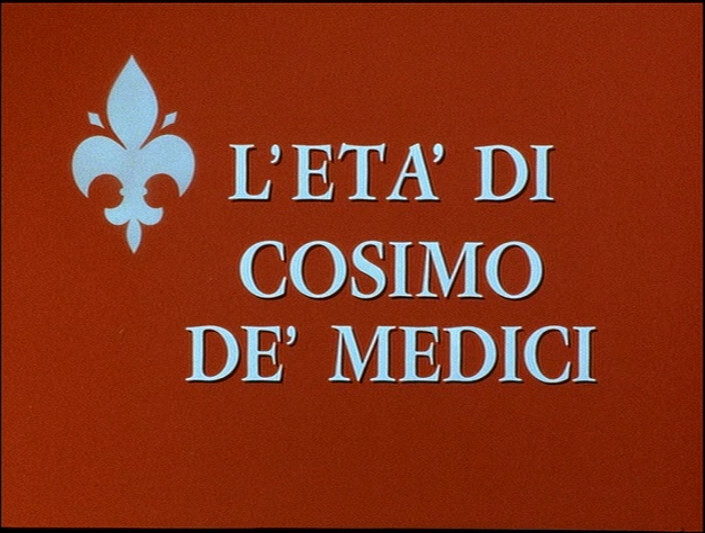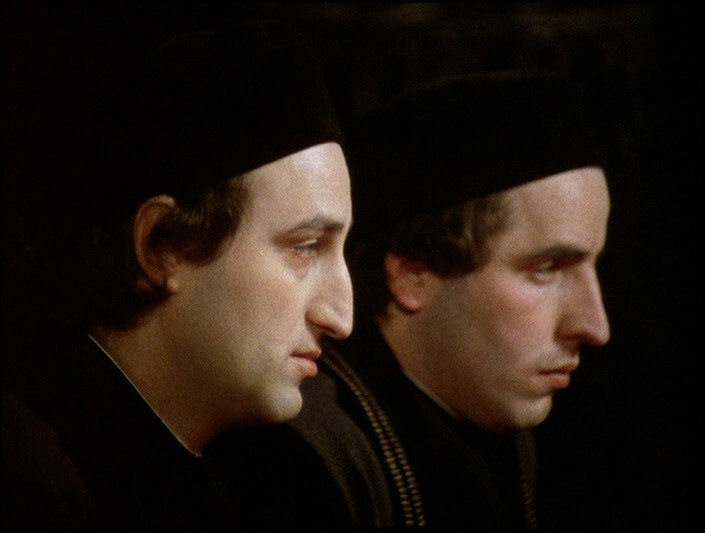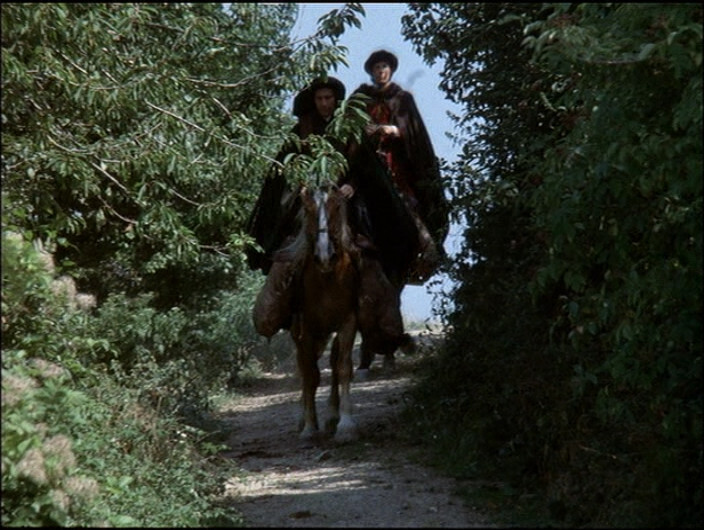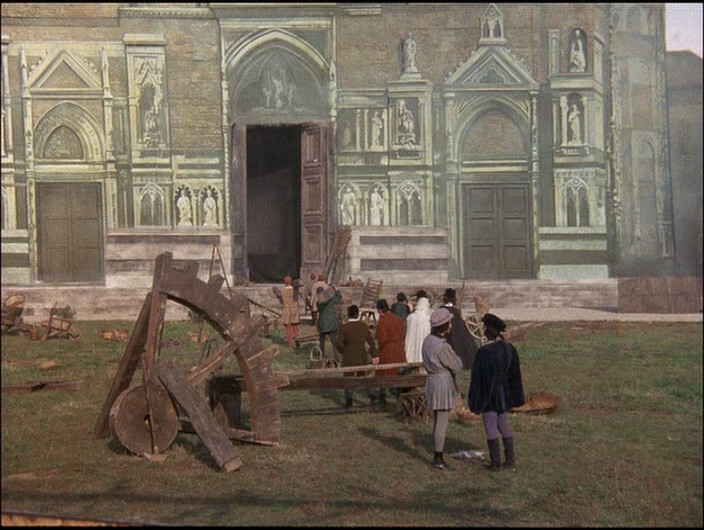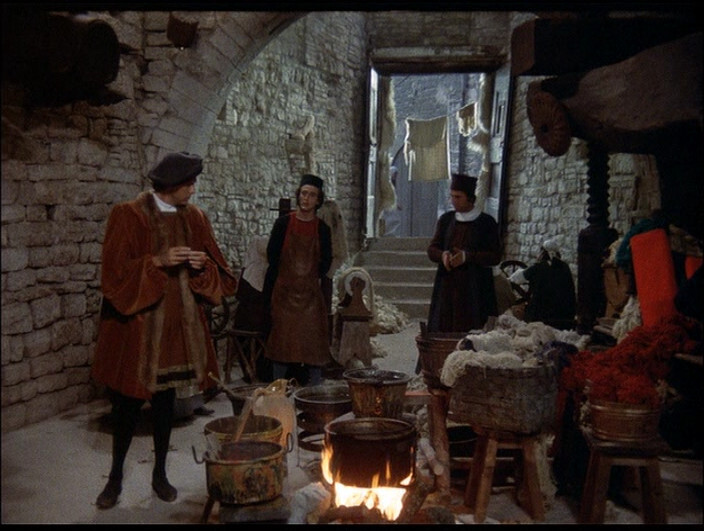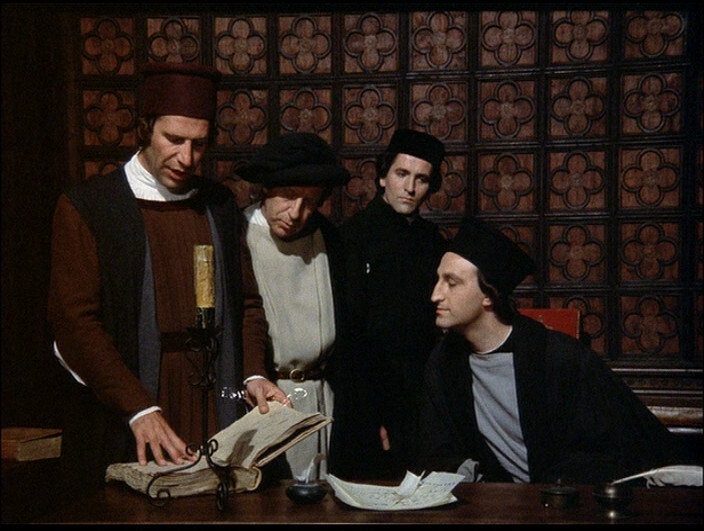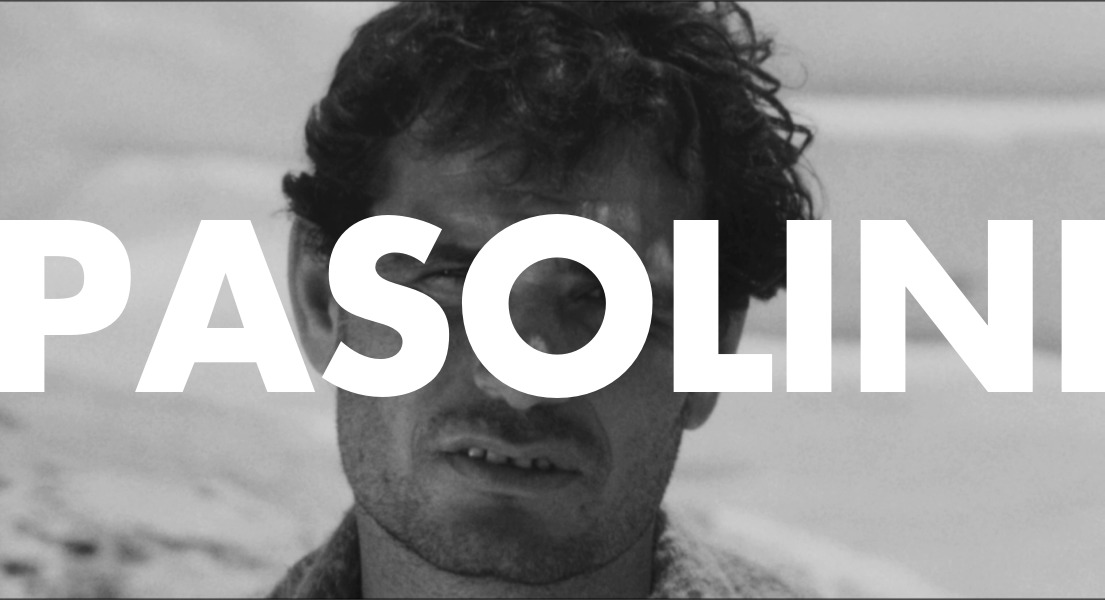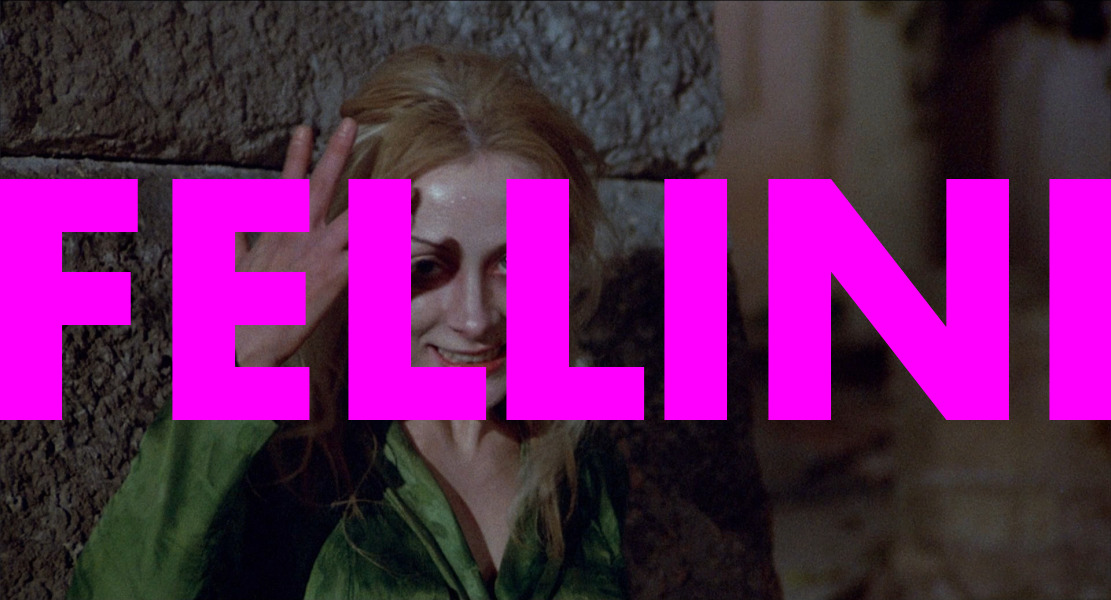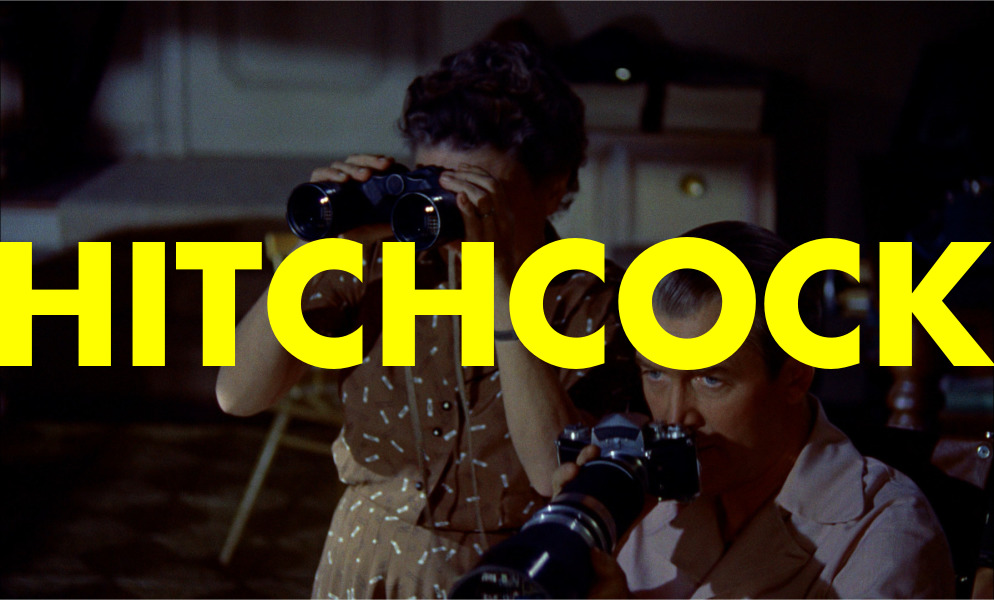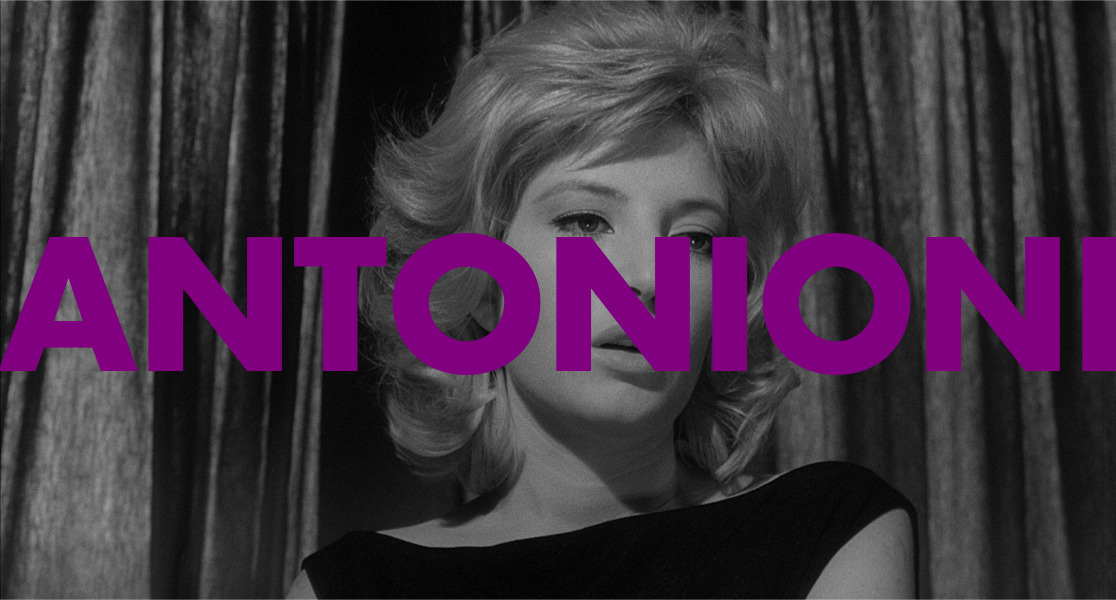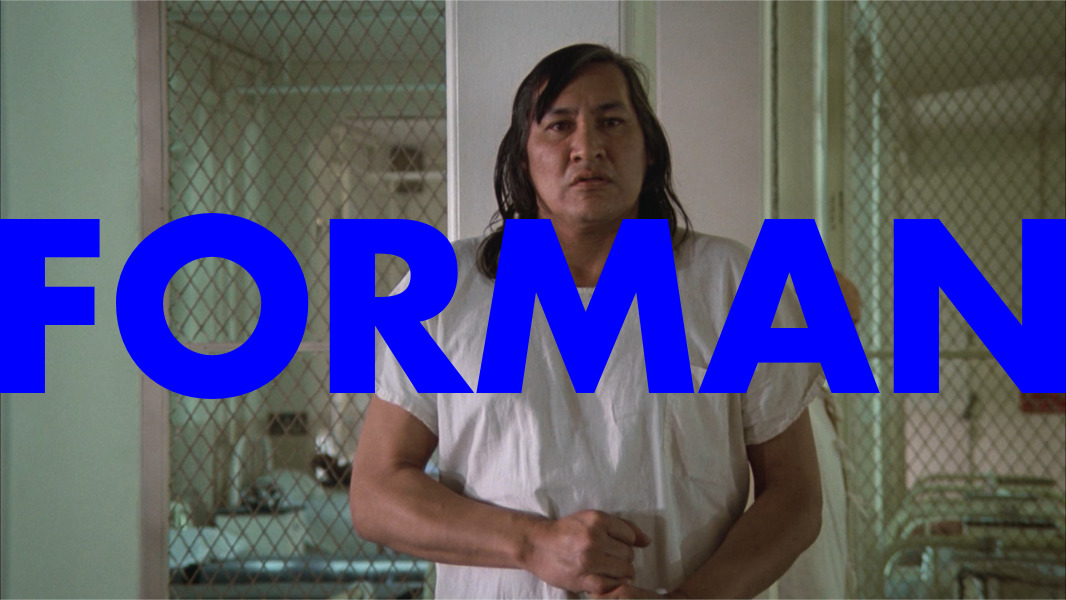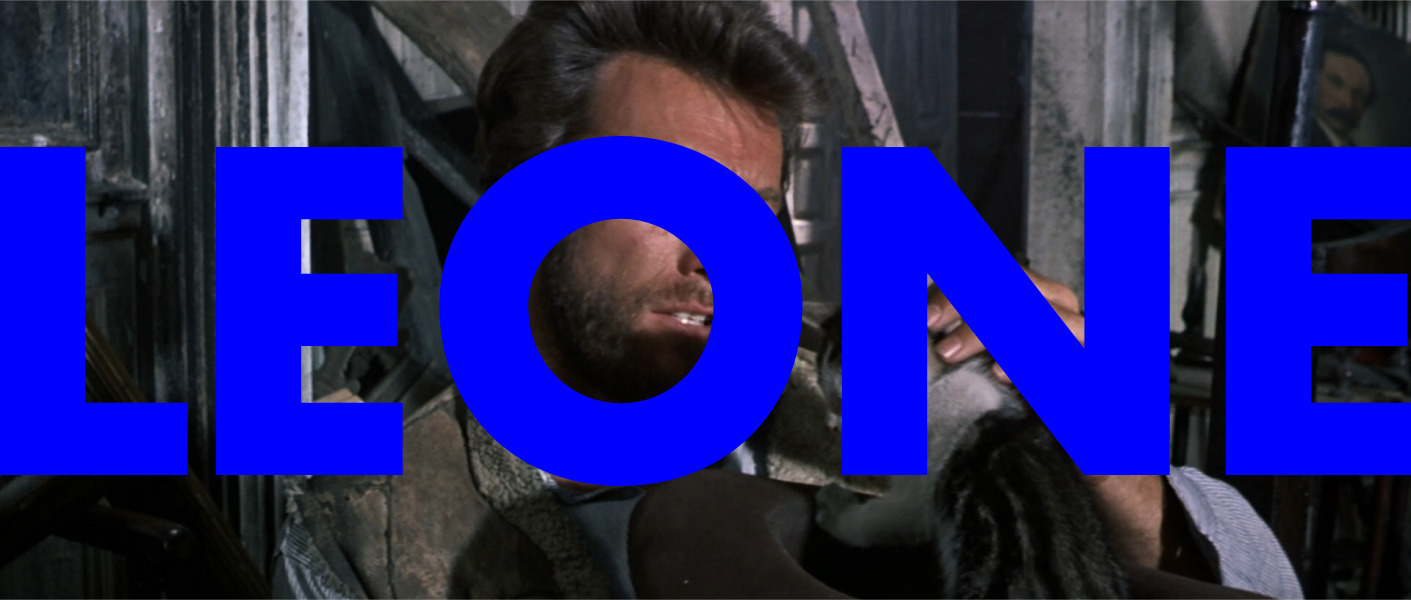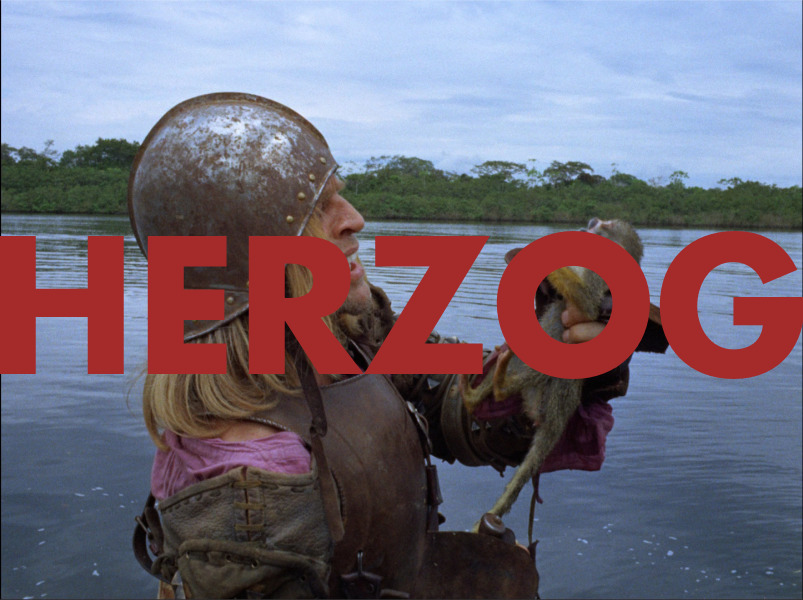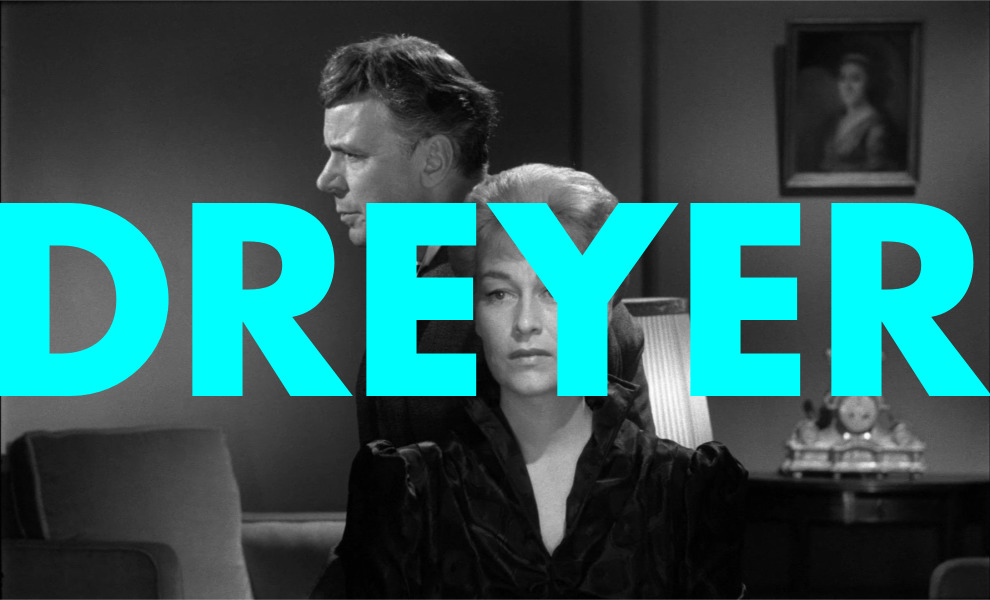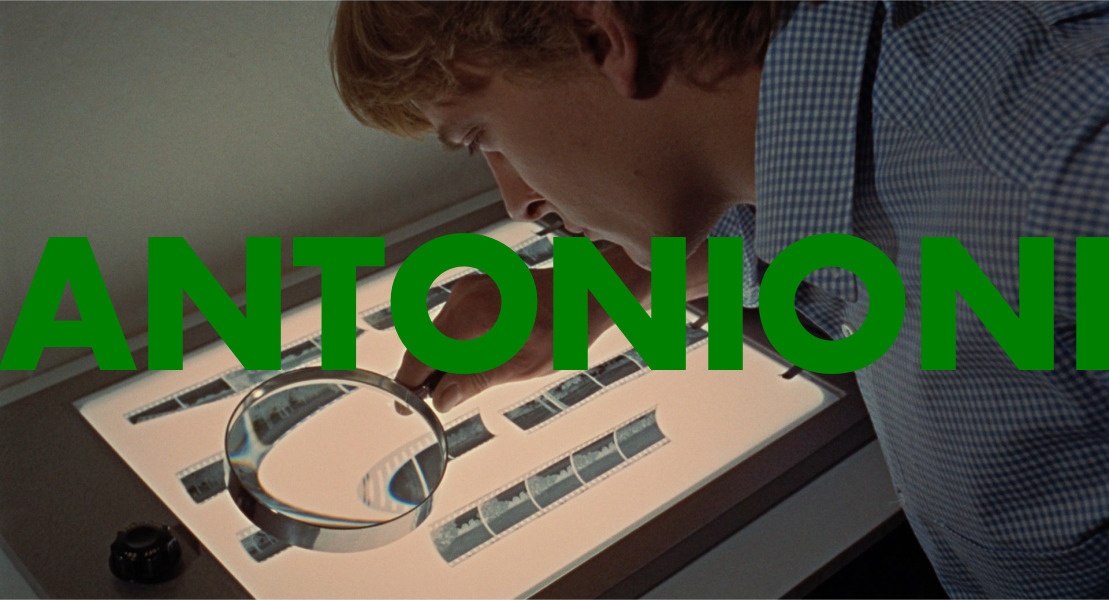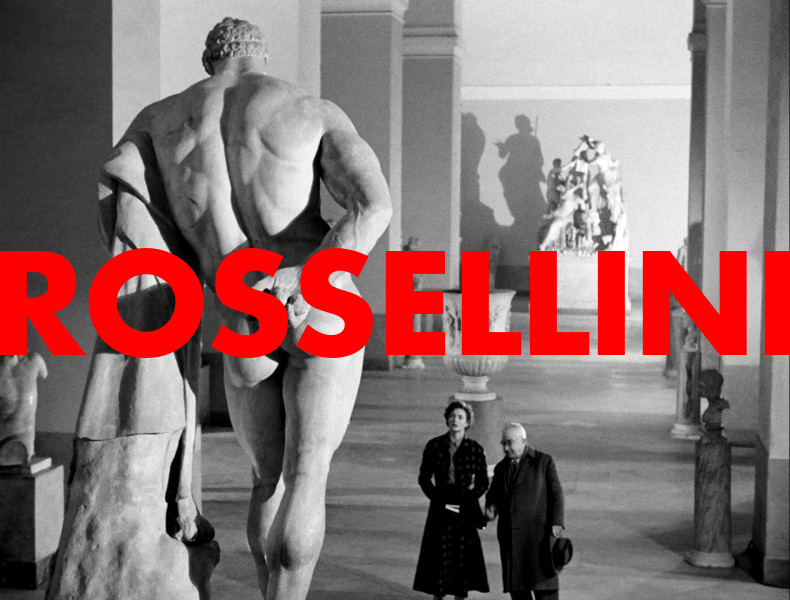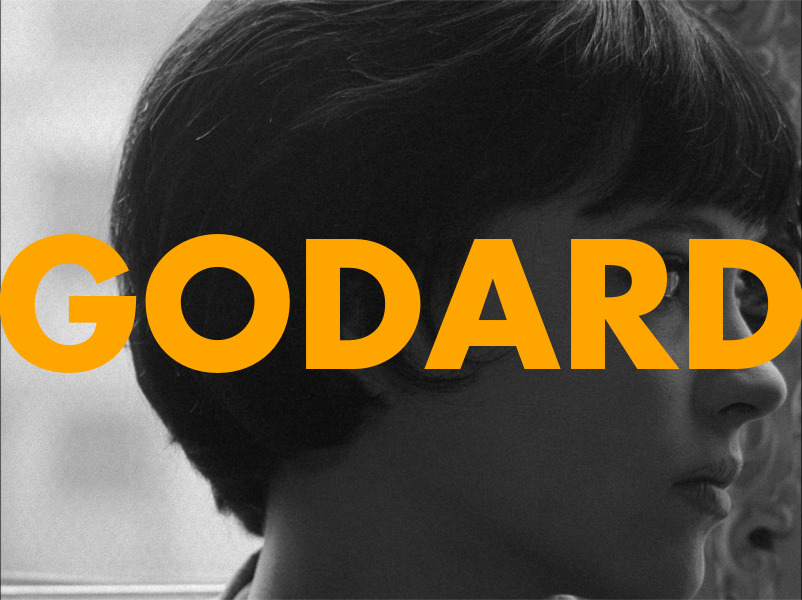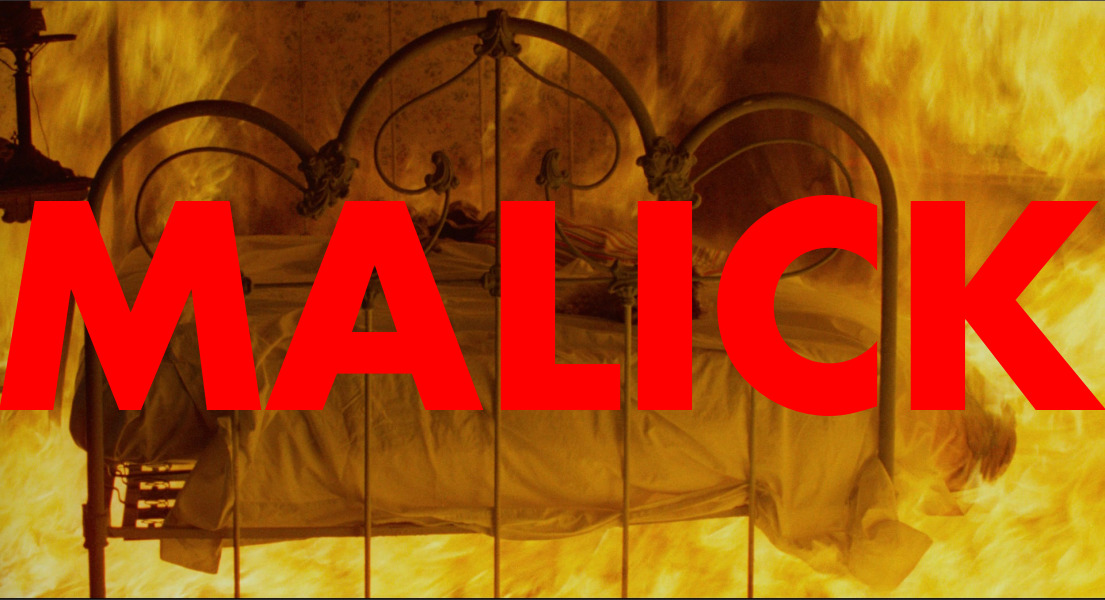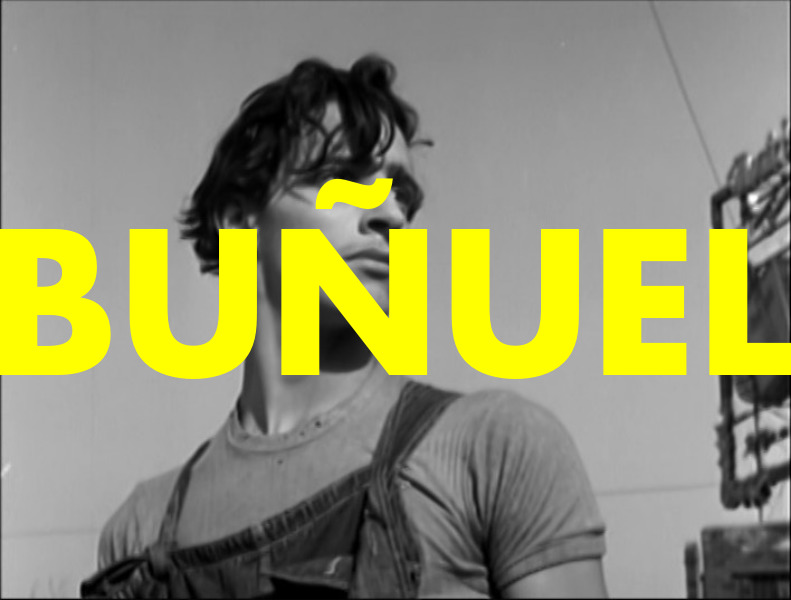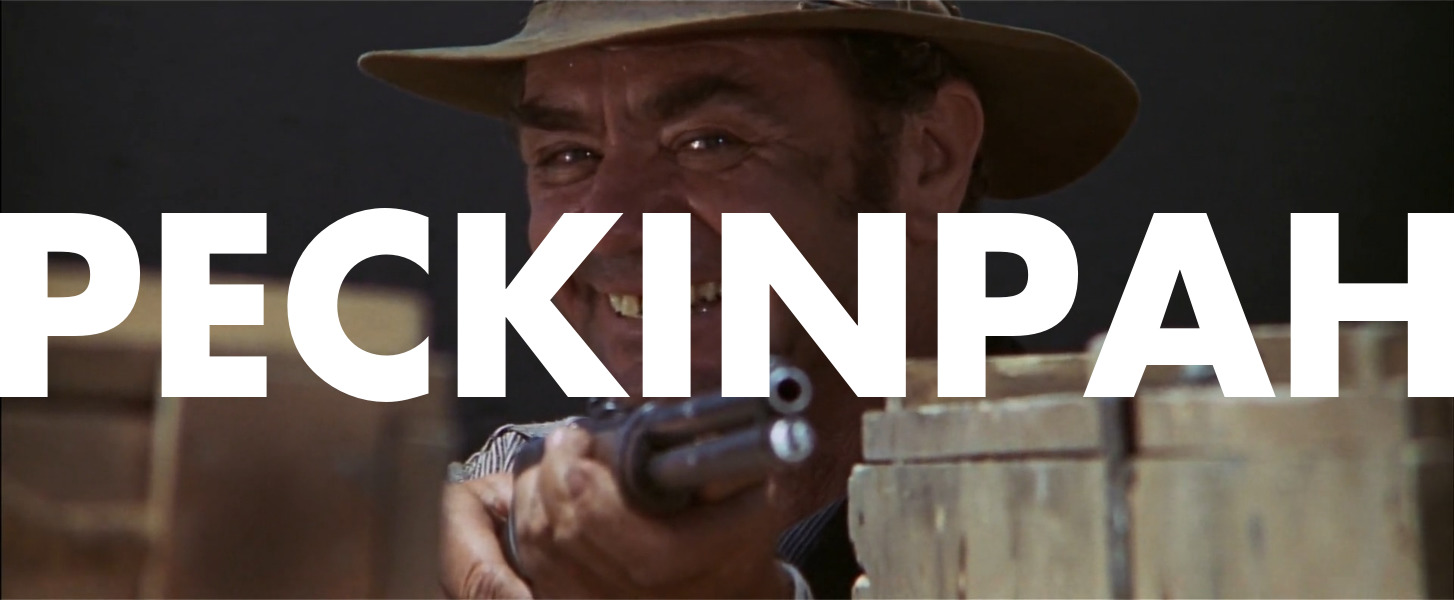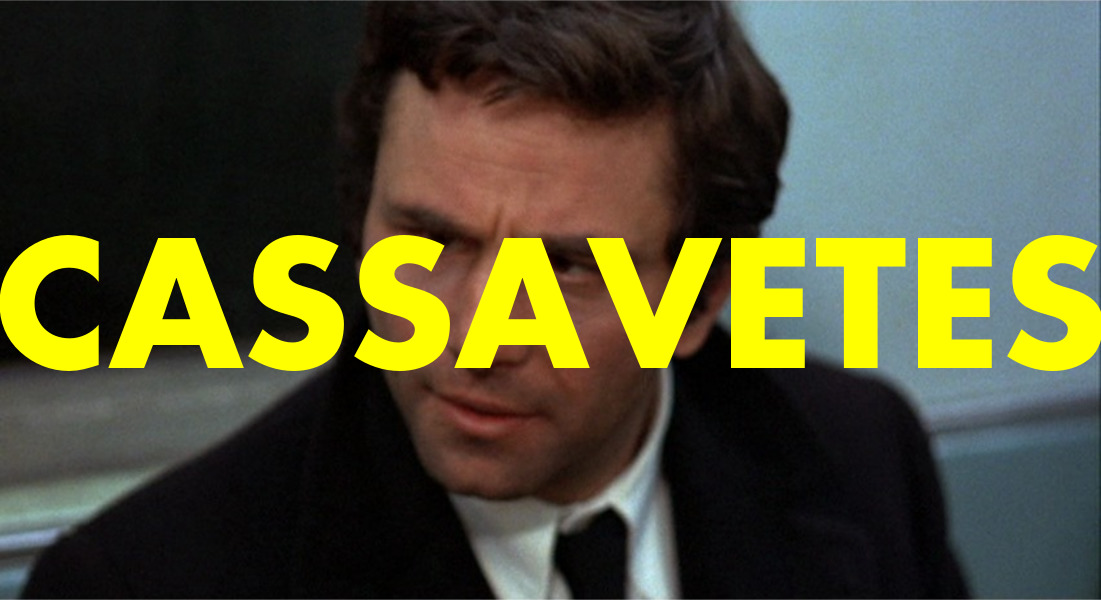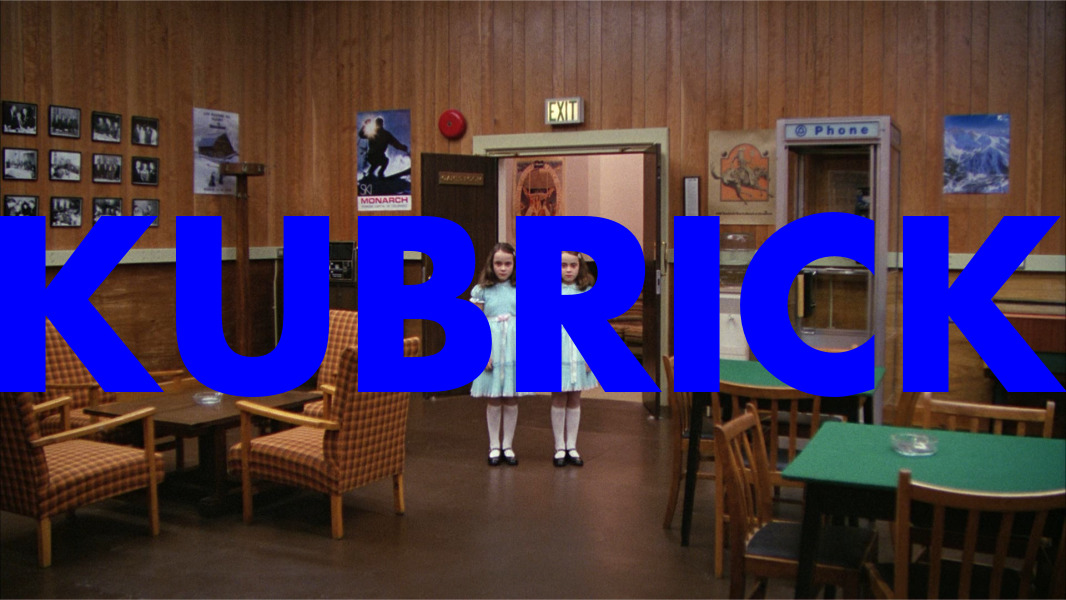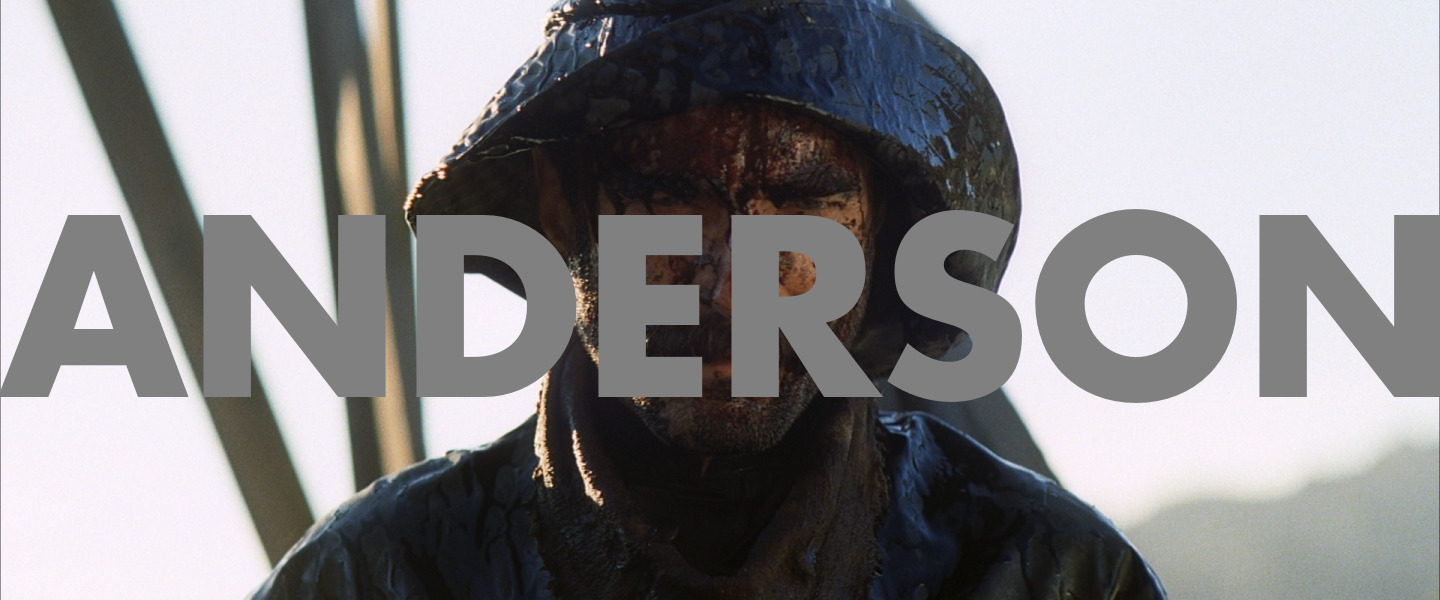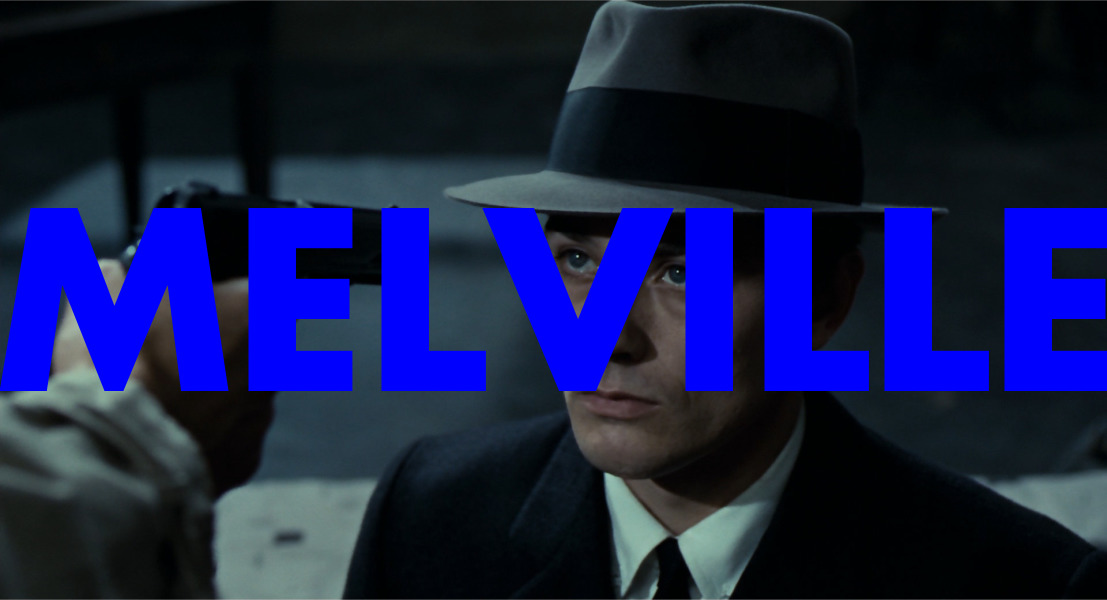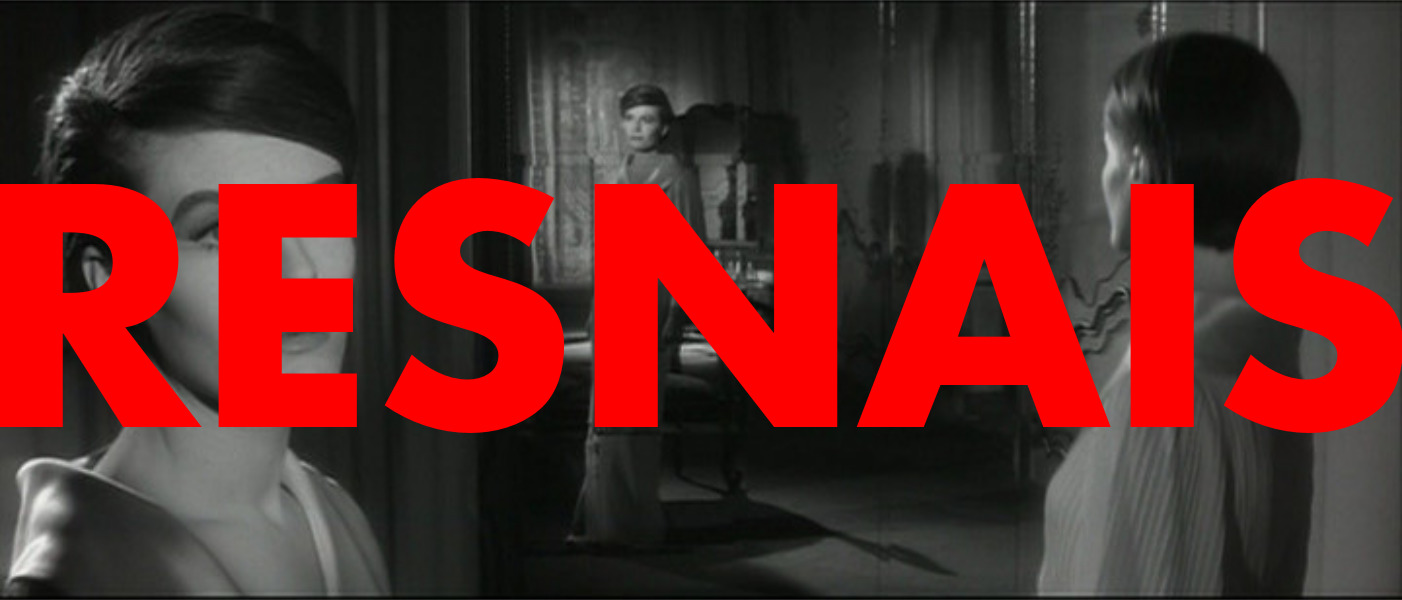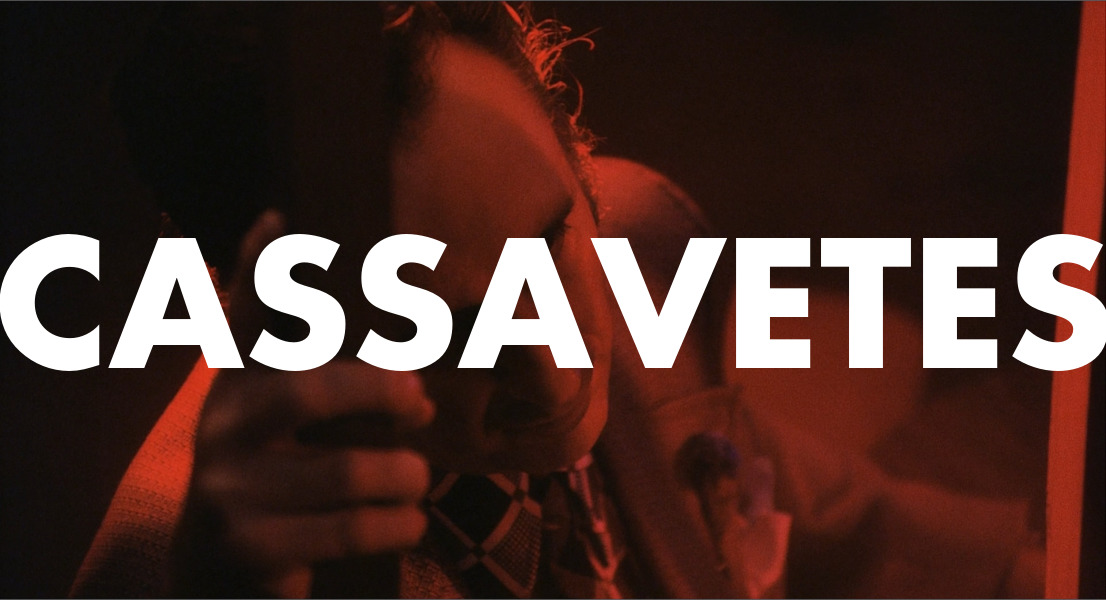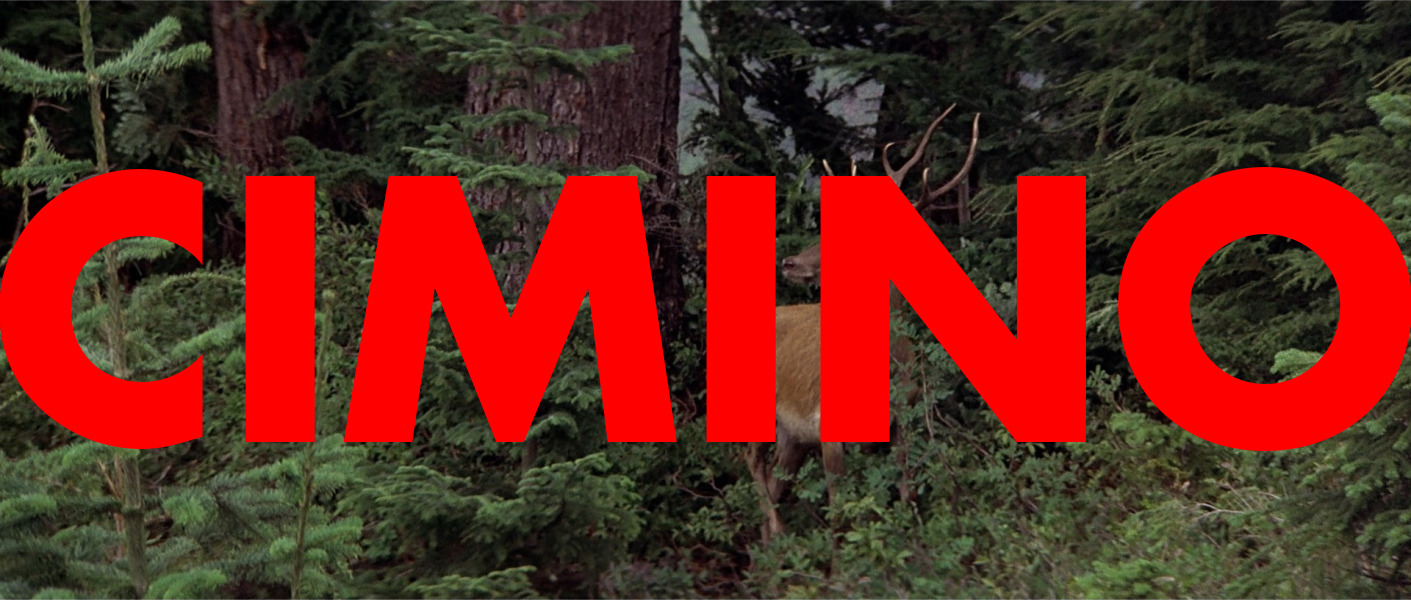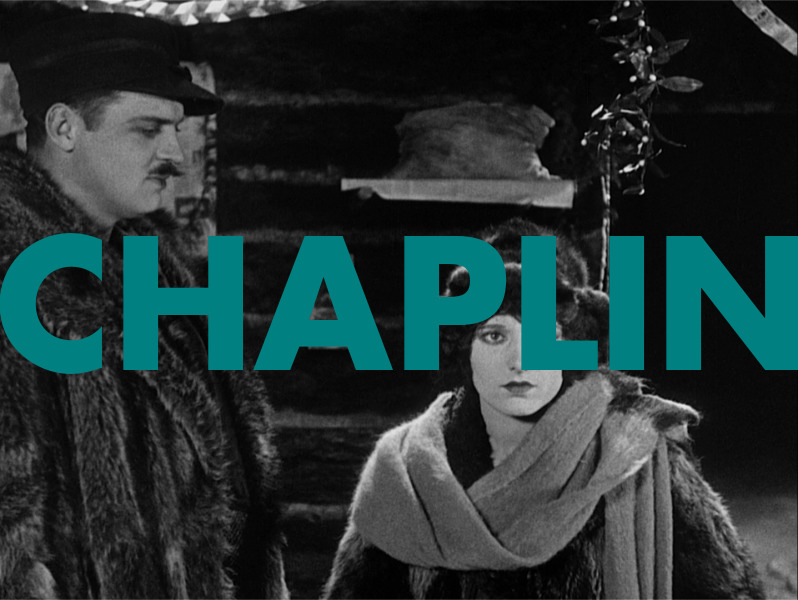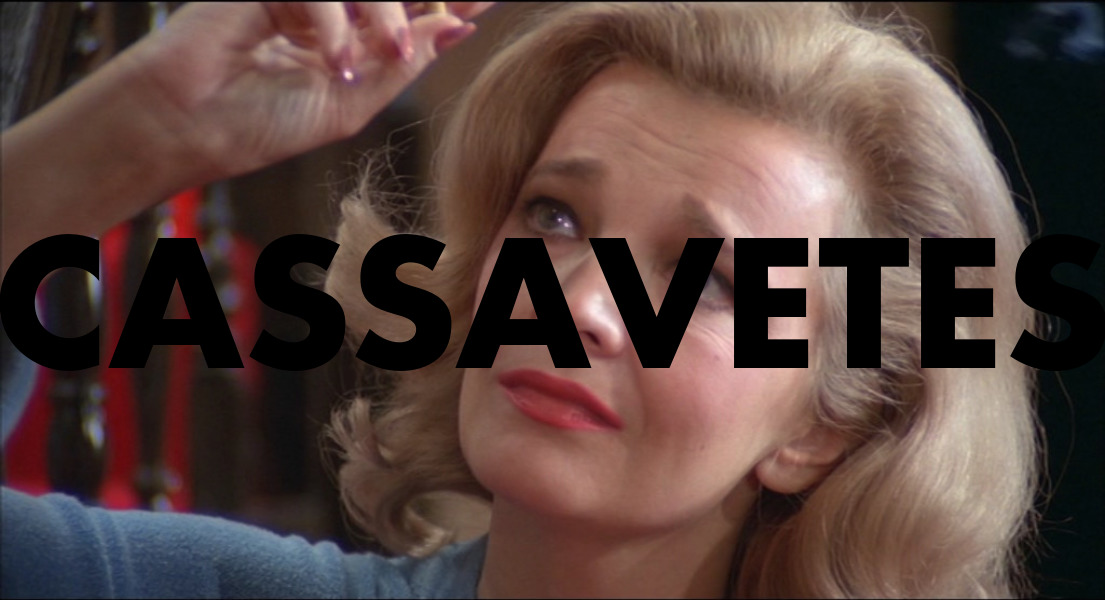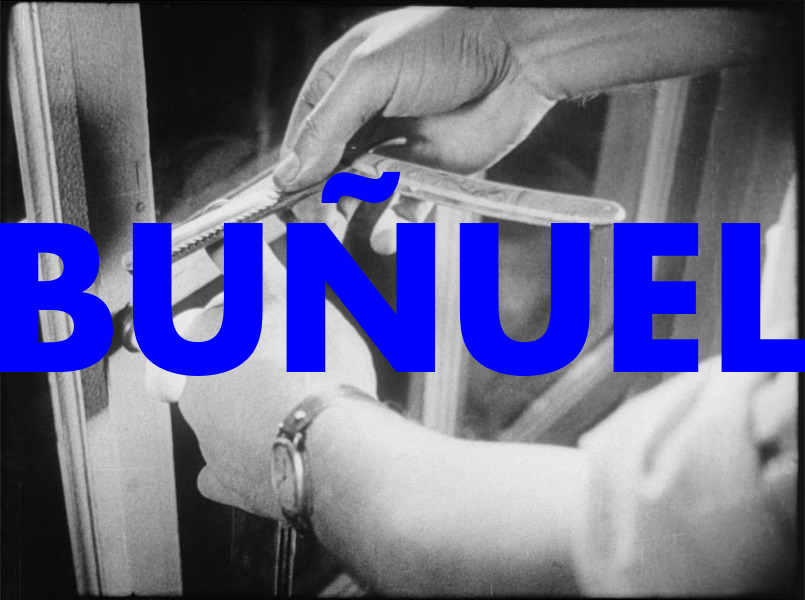
A couple years ago, I watched all the movies on the Sight & Sound Directors’ Poll. Now there’s a new one out (they do this once a decade), so I thought it might be interesting to see what’s changed.
Most people write about the Critics’ Poll, because critics are the ones writing about films, naturally. But directors are more interesting — I don’t mean that the directors’ list is better than the critics’ list, but I think it’s more interesting to see what directors list as inspirations than what critics think are significant films.
(Sight & Sound expanded the number of people voting in the critics’ poll a lot this year, and I was worried that that was going to result in the list degrading towards something as puke-inducing as the imdb top 250 list — but my worries turned out to be mostly unfounded.)
Of course, Jeanne Dielman 23, quai du Commerce, 1080 Bruxelles won the critics’ poll, which I think is fun. It’s a great movie, but I don’t think anybody expected that to actually win, and I’m looking forward to a decade of Film Bros moaning on Twitter after they’ve attempted to watch it.
The directors’ poll is less changeable in some ways — 2001: A Space Odyssey inched out Tokyo Story for the first place. I’d expected to see Citizen Kane slide way down, but it remains at number two. Jeanne Dielman is the big newcomer on this poll, too, making an entry at number four.
Overall, about a third of the list has changed, which sounds like a lot. But only a single movie over #29 is new, and no movies that were top #29 have been removed. So it’s not like there’s been a radical change — almost all the additions/removals have been from the lower two thirds of the list.
Let’s look at the details. Here’s a list of all the new films on the 2022 poll, and we’ll continue bloviating after the list.
| #4 | 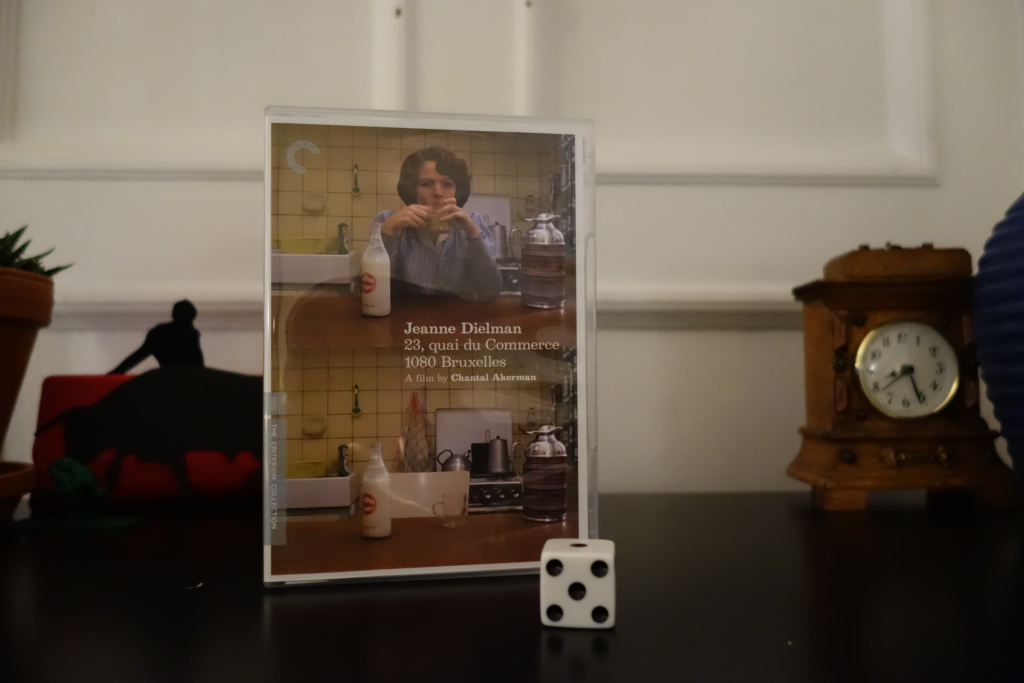 | 1975 | Jeanne Dielman 23, quai du Commerce, 1080 Bruxelles | ⚄ | Chantal Akerman |
| #29 | | 1989 | Do the Right Thing | | Spike Lee |
| #41 |  | 1985 | Vagabond | ⚄ | Agnès Varda |
| #46 | | 1963 | Dr. Strangelove | | Stanley Kubrick |
| #53 | | 1961 | La notte | | Michelangelo Antonioni |
| #53 | | 1992 | The Piano | | Jane Campion |
| #53 | 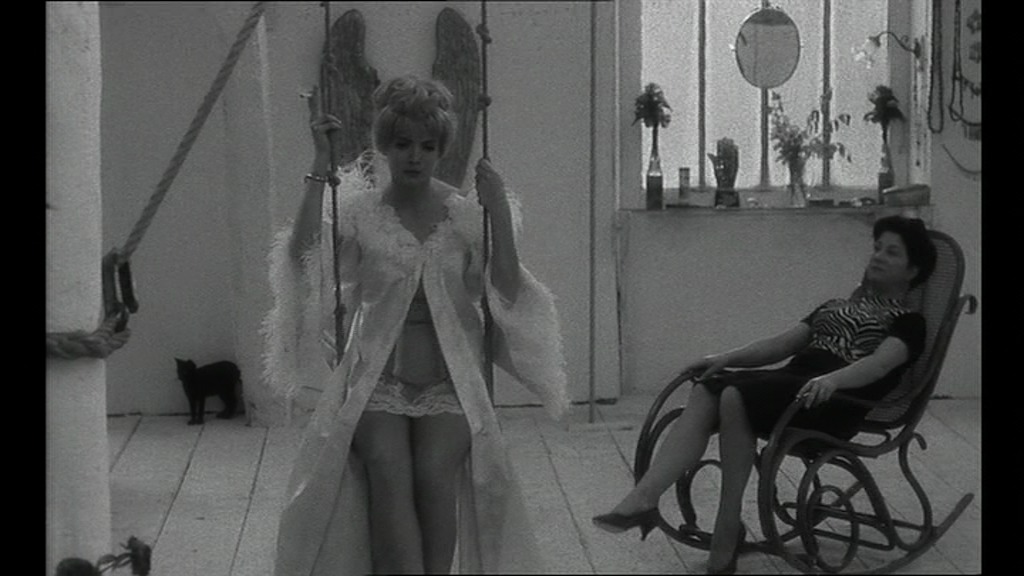 | 1962 | Cléo from 5 to 7 | ⚅ | Agnès Varda |
| #53 | 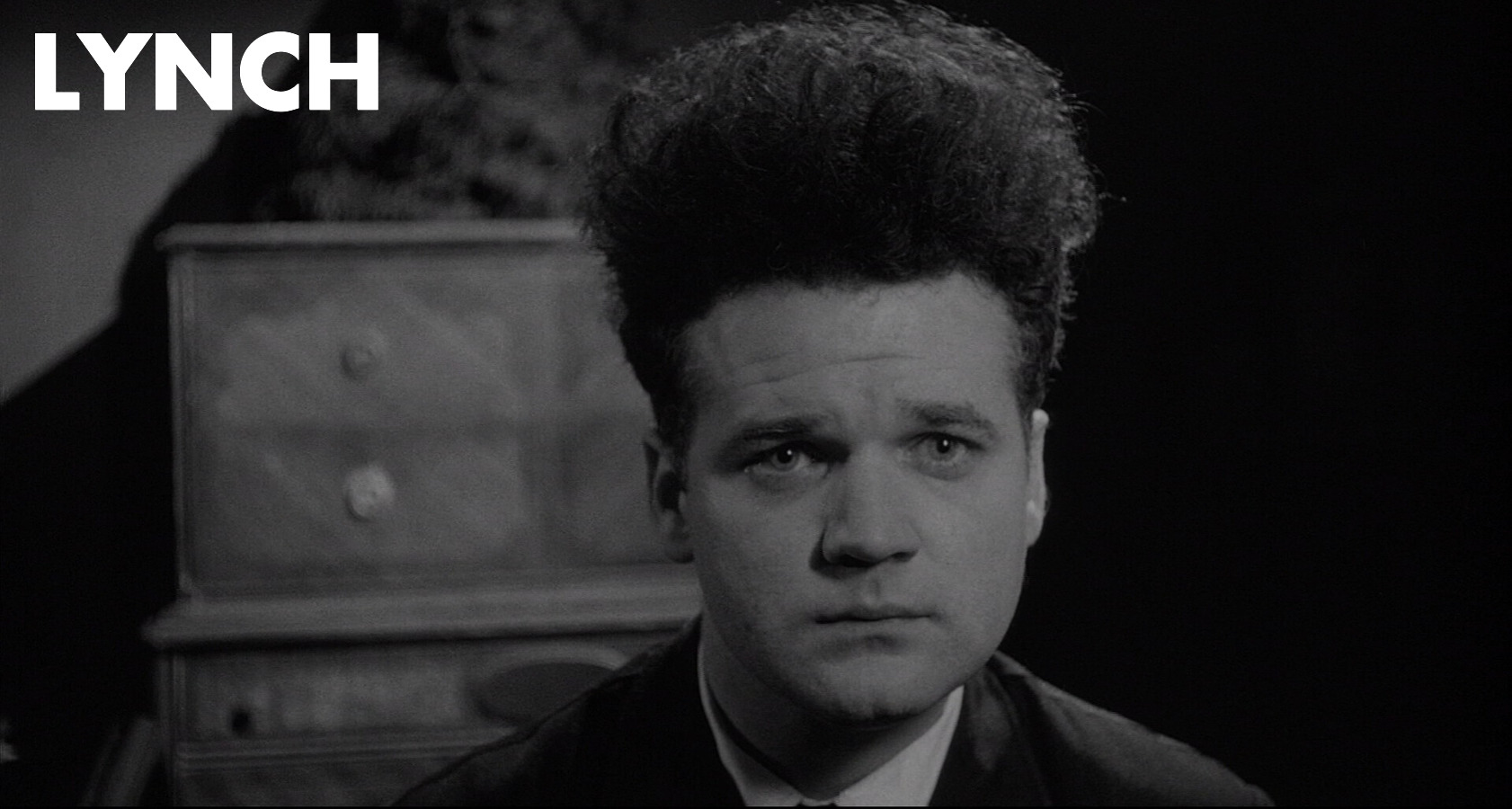 | 1972 | Eraserhead | ⚅ | David Lynch |
| #62 | | 1949 | Late Spring | | Yasujirō Ozu |
| #62 | | 1943 | Meshes of the Afternoon | | Maya Deren, Alexander Hackenschmied |
| #62 | | 2001 | La ciénaga | | Lucrecia Martel |
| #62 | | 1994 | Sátántangó | | Béla Tarr |
| #62 | | 2004 | Tropical Malady | | Apichatpong Weerasethakul |
| #72 | | 1952 | Ikiru | | Ikuru Kurosawa |
| #72 | | 1974 | The Conversation | | Francis Ford Coppola |
| #72 | | 2011 | A Separation | | Asghar Farhadi |
| #72 | | 1987 | Where is the Friend’s House? | | Abbas Kiarostami |
| #72 | 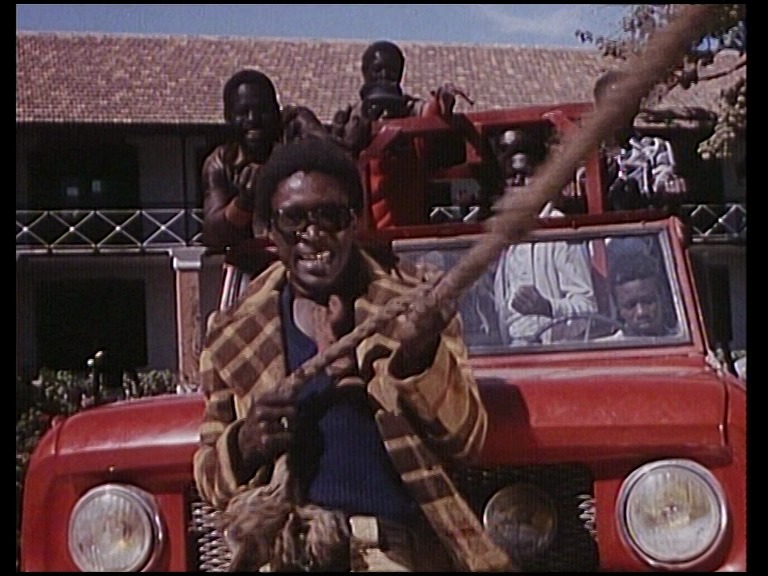 | 1973 | Touki Bouki | ⚄ | Djibril Diop Mambéty |
| #72 | | 1991 | A Brighter Summer Day | | Edward Yang |
| #72 | 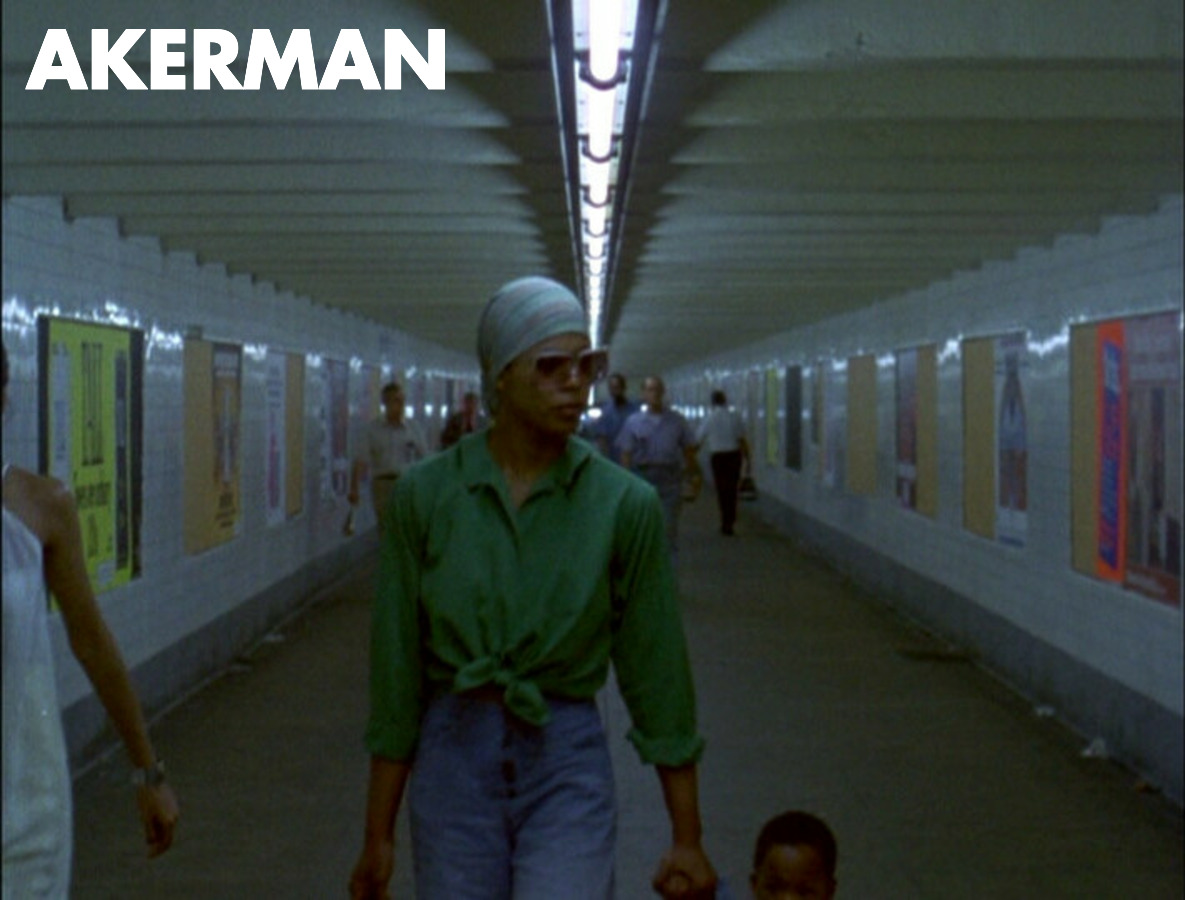 | 1976 | News from Home | ⚅ | Chantal Akerman |
| #72 | | 1973 | The Spirit of the Beehive | | Víctor Erice |
| #72 | 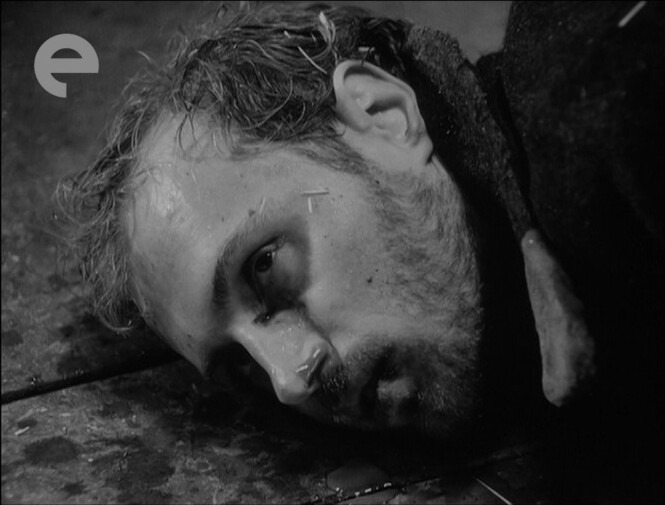 | 1976 | The Ascent | ⚃ | Larissa Shepitko |
| #72 | 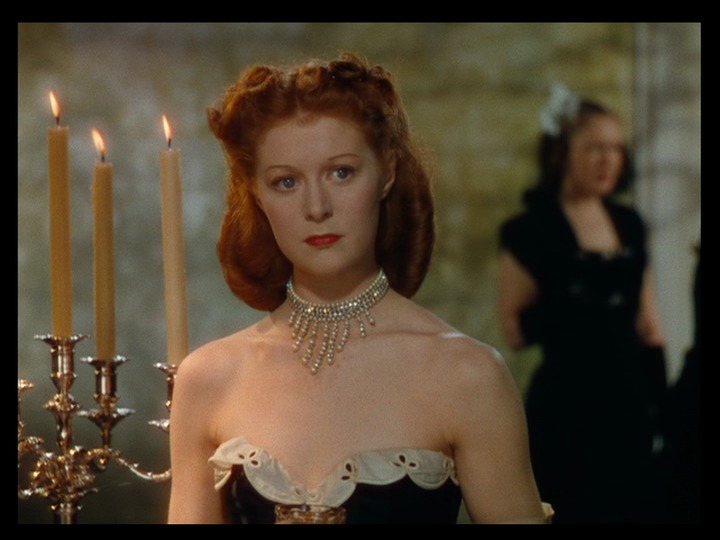 | 1948 | The Red Shoes | ⚃ | Powell & Pressburger |
| #93 | 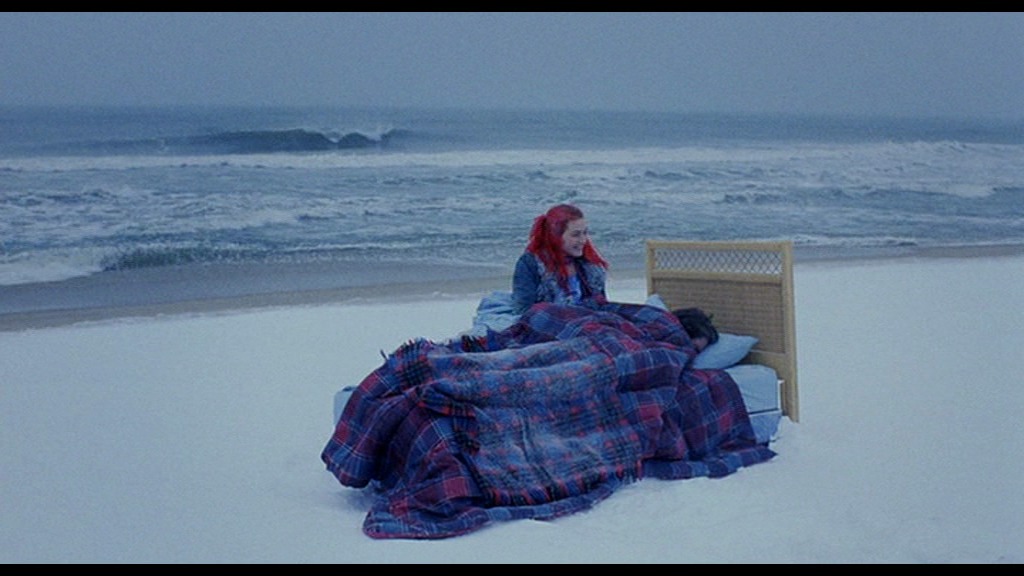 | 2004 | Eternal Sunshine of the Spotless Mind | ⚄ | Michel Gondry |
| #93 | | 2016 | Moonlight | | Barry Jenkins |
| #93 | 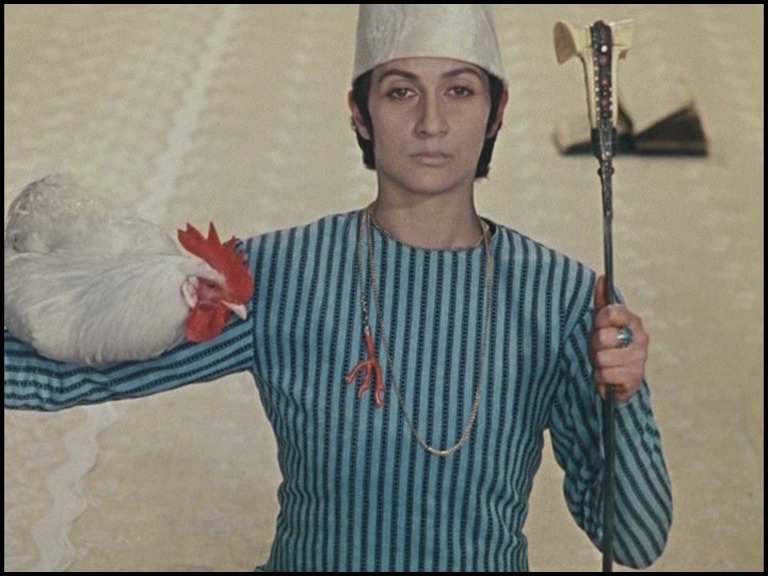 | 1968 | The Colour of Pomegranates | ⚄ | Sergei Paradjanov |
| #93 | 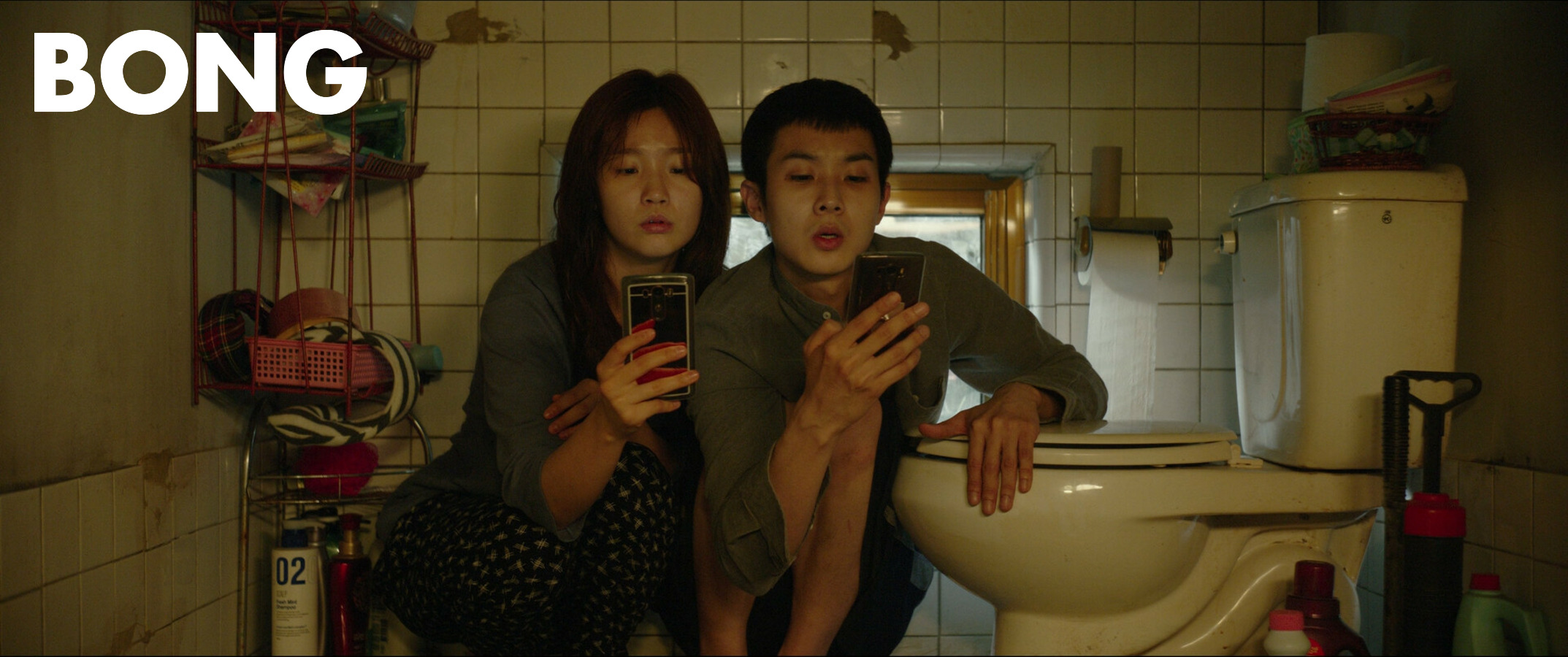 | 2019 | Parasite | ⚃ | Bong Joon-Ho |
| #93 | | 1997 | Taste of Cherry | | Abbas Kiarostami |
| #93 | | 1970 | Wanda | | Barbara Loden |
| #93 | | 1999 | Yi Yi | | Edward Yang |
| #93 | | 1957 | Throne of Blood | | Akira Kurosawa |
Of the 31 new films, I’ve only seen 13, so I have to get watching, I guess.
The most striking thing about the list is, of course, how many women directors are included. In the 2012 list, there was only a single film — Claire Denis’ Beau Travail. This list adds nine more, which gives us a… 10% share instead of a 1% share. *gasp* Conservatives are gonna be raging on twitter! Or Gab! But I repeat myself.
There’s a lot of films from Iran, and a couple from Taiwan. And finally a movie from Africa (and it’s great).
All the films I’ve seen that have been added are great — except Parasite, which is merely good. The most surprising addition to me is News From Home by Chantal Akerman. It’s brilliant, but it’s a documentary (sort of), and more experimental than films usually are on lists like this.
The 2012 list had four films by John Cassavetes, which is probably more a reflection of the age class of the directors voting than anything else. Not that there’s anything wrong with Cassavetes, but c’mon. The new Cassavetes is Abbas Kiarostami, who now have three films in the list. And again, I think it reflects a decade passing, and people making films now grew up with 80s/90s films instead of 70s films.
It’s no surprise that a bunch of films from the 80s (and newer have been added): About a third of the new movies fall into that category. What’s more surprising are some of the older films that pop up here. Like The Colour of Pomegranates from 1968? Sure, it’s a great movie, but why now? (Perhaps because it fell off of the critics’ poll.) Dr. Strangelove is more understandable — the only mystery is why it wasn’t on the 2012 list. But why La notte (1961) from Antonioni when two of his other movies leave the list? And why is The Conversation (1974) by Coppola popping up now?
Anyway, I’m looking forward to watching the twenty new movies I haven’t seen yet.
But let’s look at the films that have been removed from the list, too:
There’s 33 movies gone, but what’s gone? And did good stuff go missing?
To take the last question first — yes, of course. But I’m pleased to see a bunch of stuff that I didn’t much like go: Ugetsu Monogatari, Amarcord, The Apartment, The Wild Bunch, There Will Be Blood, The Deer Hunter… none of those movies had any business being on the list in the first place.
The most striking thing about the list, though, is just the time period. If we by “the 70s” mean “68 to 81” (which one does, of course), 11 of the 33 (which my calculator informs me is “one third”) are from the 70s. I think that’s a natural development, because the 70s were extremely over-represented in the 2012 list — my guess is that the 2012 directors had grown up on those movies, so they included them a bit excessively.
The biggest loser/winner is John Cassavetes, who had four movies in the 2012 list, and one a single one in the 2022 list. However, his A Woman Under The Influence has gone from #59 to #29, so I think that may point to people deciding to focus on a single Cassavetes movie, and that’s a good choice. (It’s fantastic.)
Another understandable correction is that Hour of the Wolf by Ingmar Bergman is gone from the list. It’s not even on my 30 Best Ingmar Bergman Films list, so it was a weird thing to include.
As part of the 70s Massacre, two Kubrick films have gone missing: The Shining and A Clockwork Orange — but I don’t think either is very surprising. I am surprised that Barry Lyndon is still hanging on in there, because it sucks. And I’m pleased to see that Dr. Strangelove has been added instead.
Things I’m surprised to see gone: Rear Window (Hitchcock), L’eclisse (Antonioni) and Last Year in Marienbad (Resnais). And I’m sad to see Gertrud (Dreyer) gone, but I’m not surprised at all.
Overall, I think the new list better than the old one. Several of my favourite films have been added (Jeanne Dielman, Cléo from 5 to 7, Eraserhead, Vagabond, News From Home) and several of my least favourite films have been removed.
I do doubt that Jeanne Dielman will still be #1 in the 2032 Critics’ poll. It’s a great film, but I think the reason it landed at #1 is because Sight & Sound does unranked voting, so I think a whole bunch of people had it on their lists without thinking really wanting it to be #1. (I’d have included it on my list, too, if anybody asked. BUT THEY DIDN”T! *sob*) Having it in the top ten, like the Directors’ Poll does is perfect, though.
I’d like to see the 2032 list include India Song and Liquid Sky (heh heh).
This is pretty interesting: “All the movies from the Critic’s List to miss the Director’s List (Left) and all the movies from the Director’s List to miss the Critic’s List (Right)”:
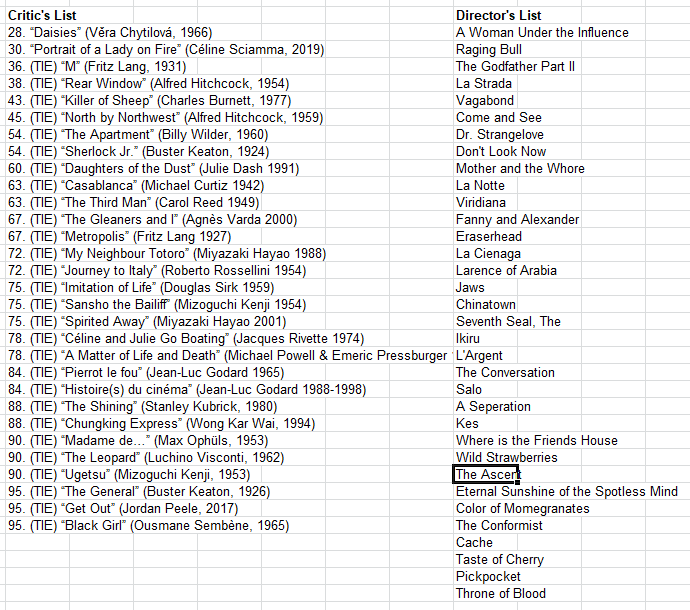
I think… the critics’ list has more non-essentials than the directors’ list. But it’s pretty even.

That’s a good insult!
